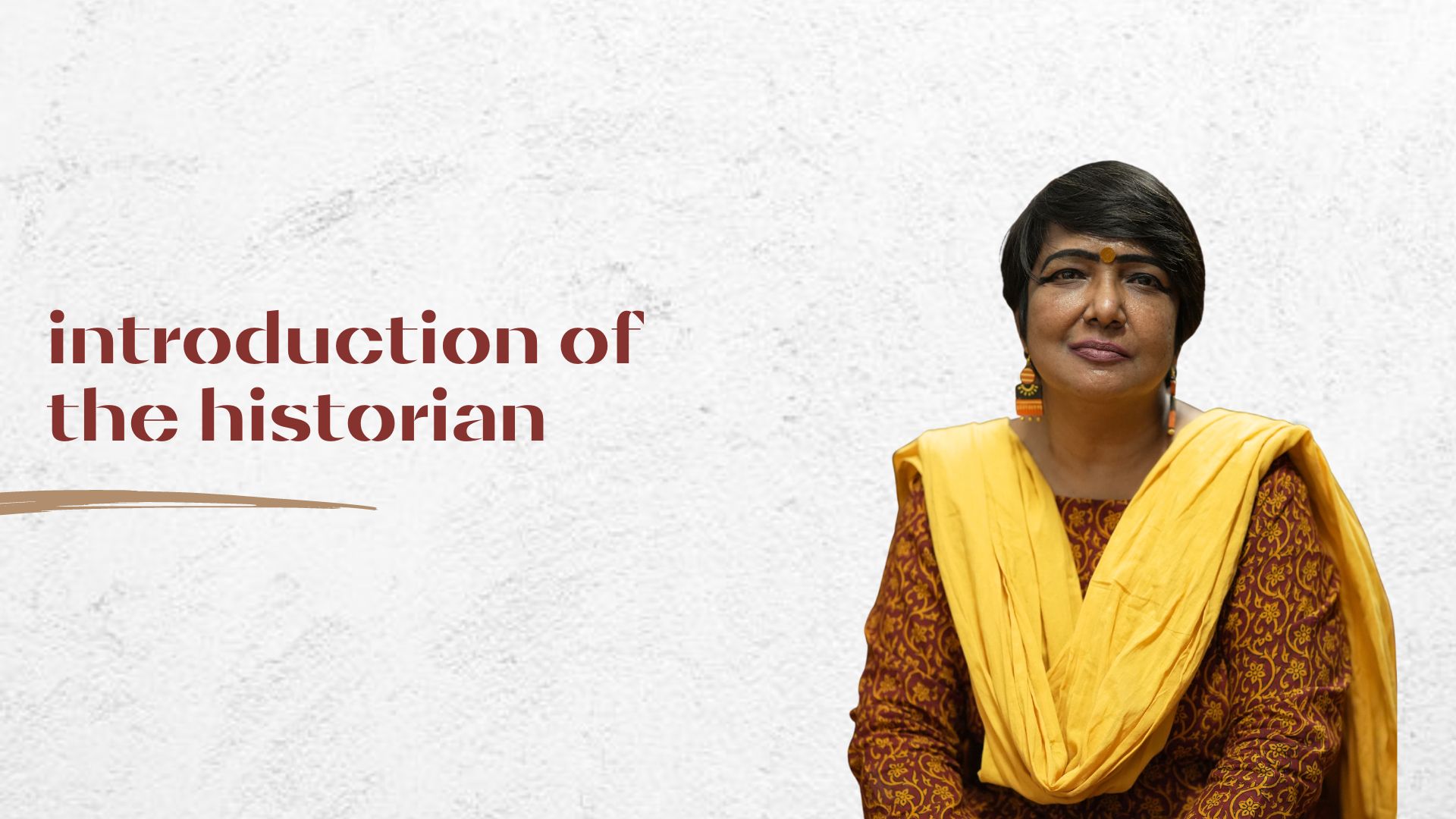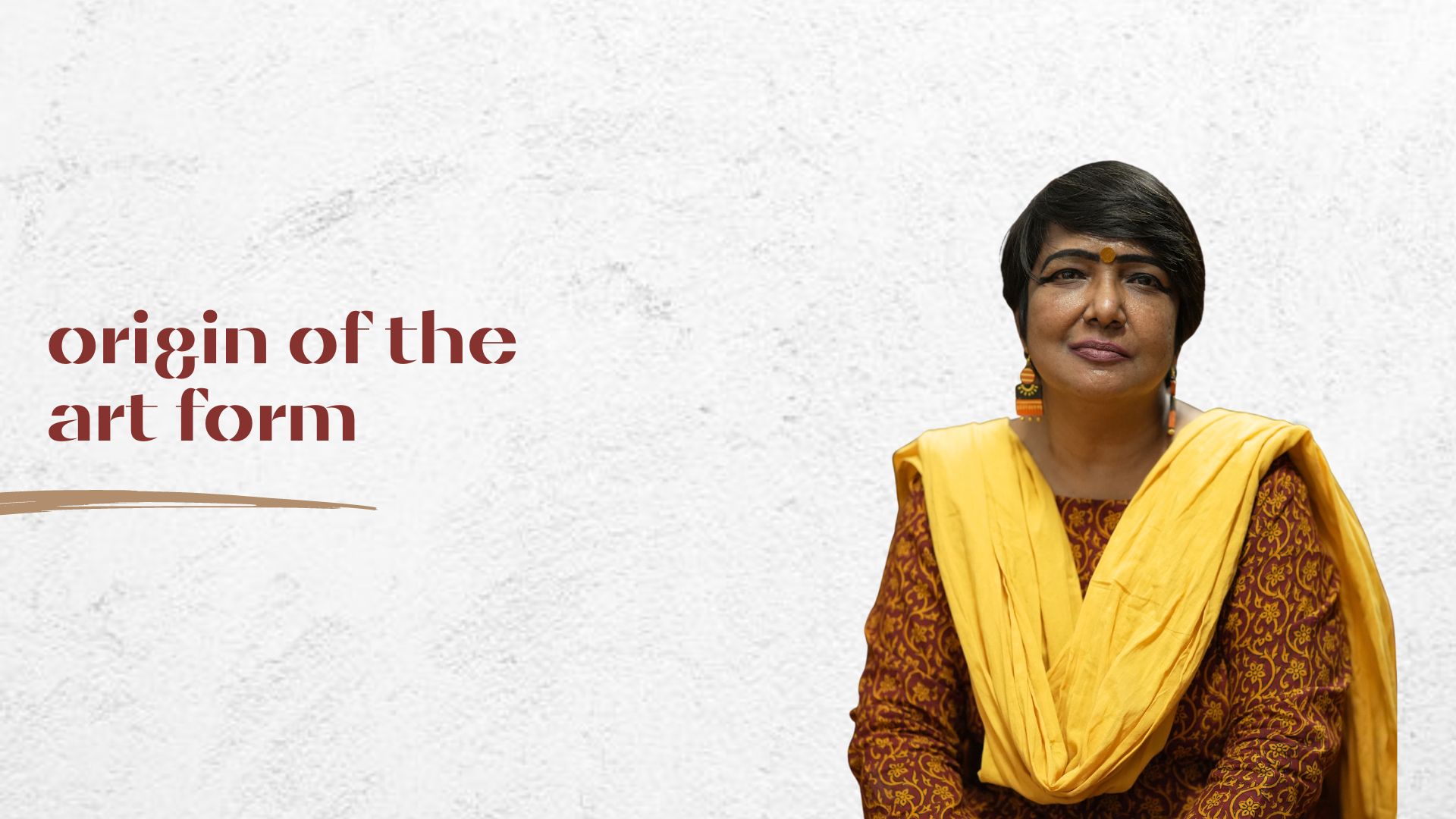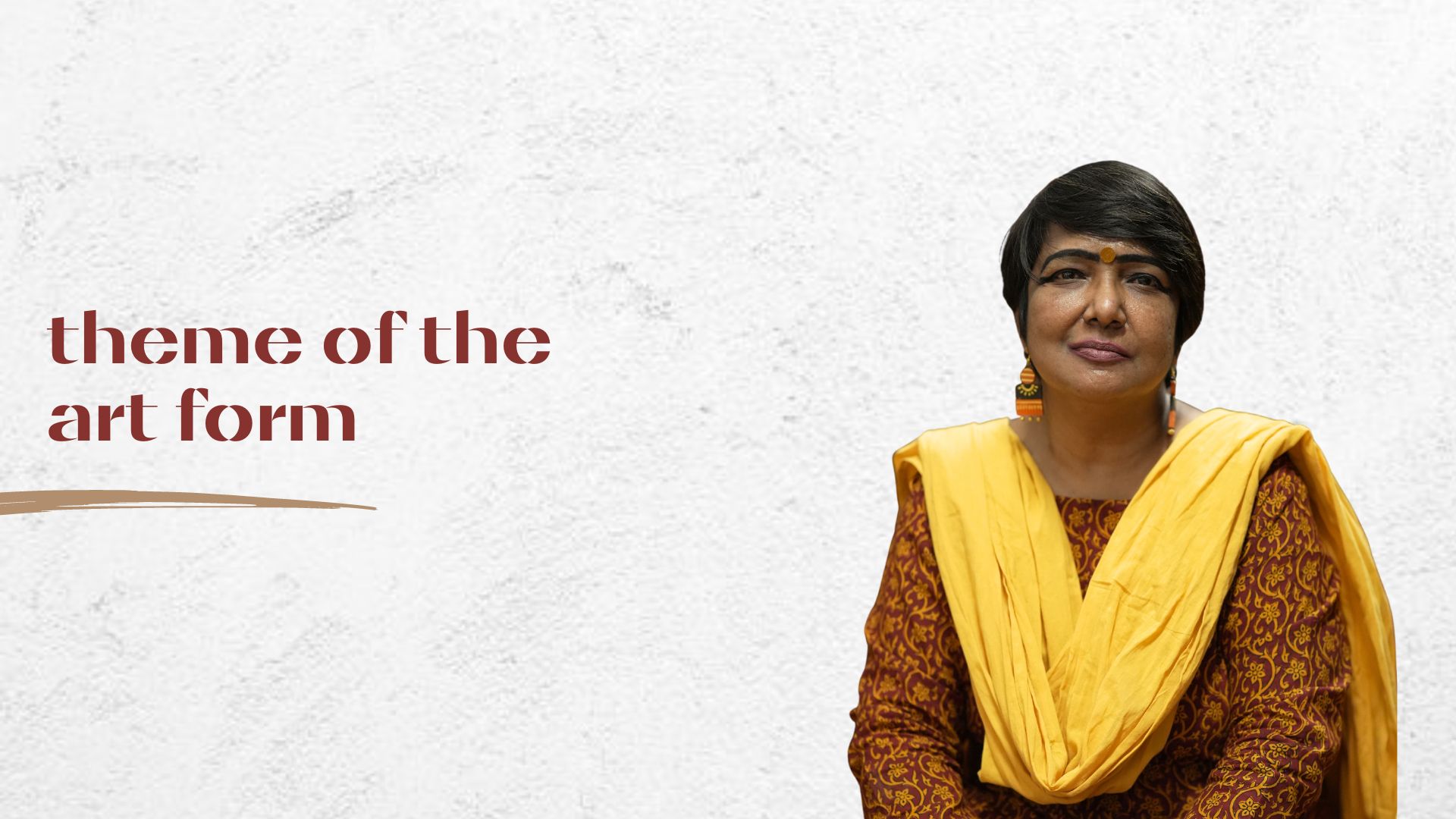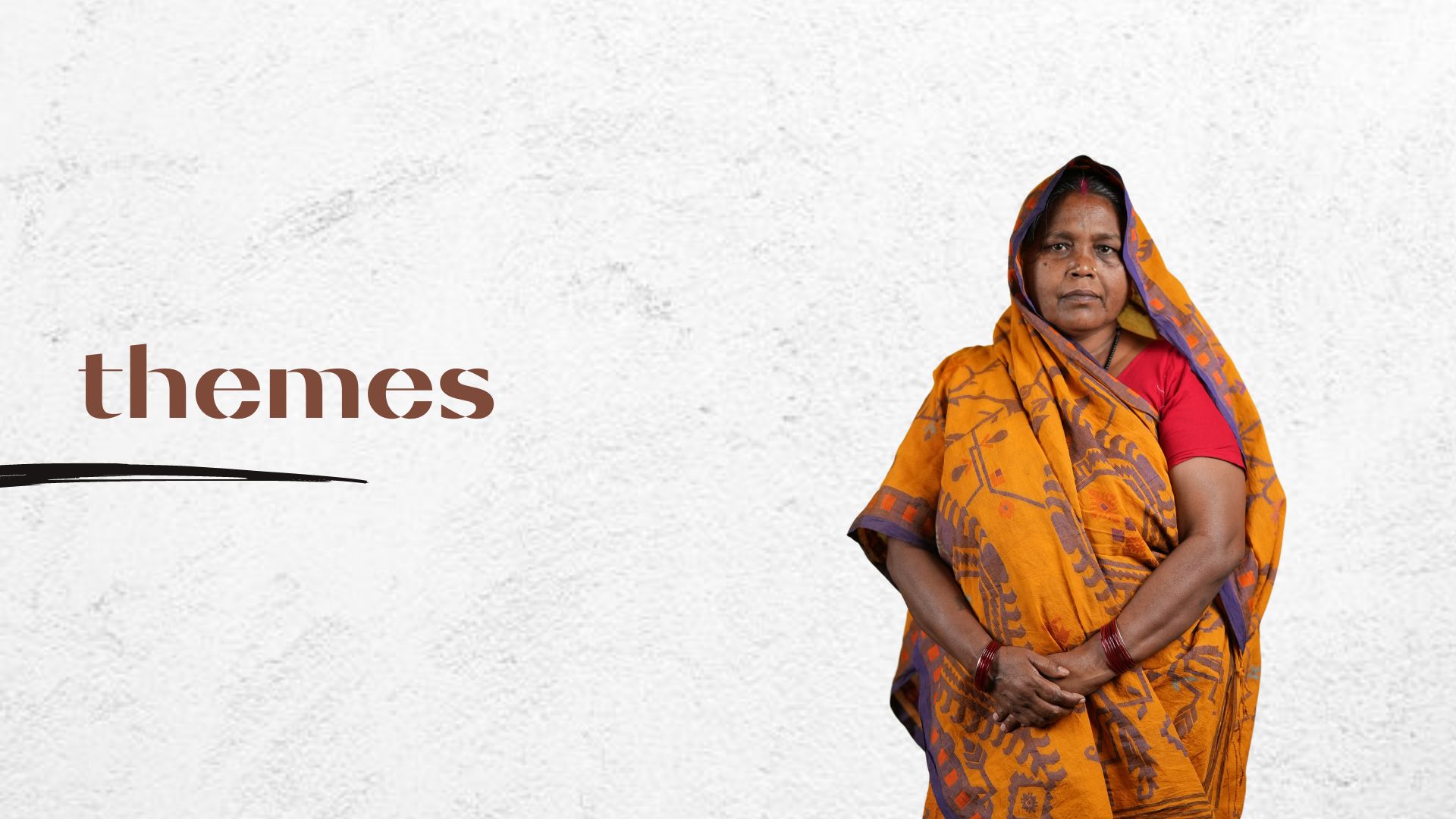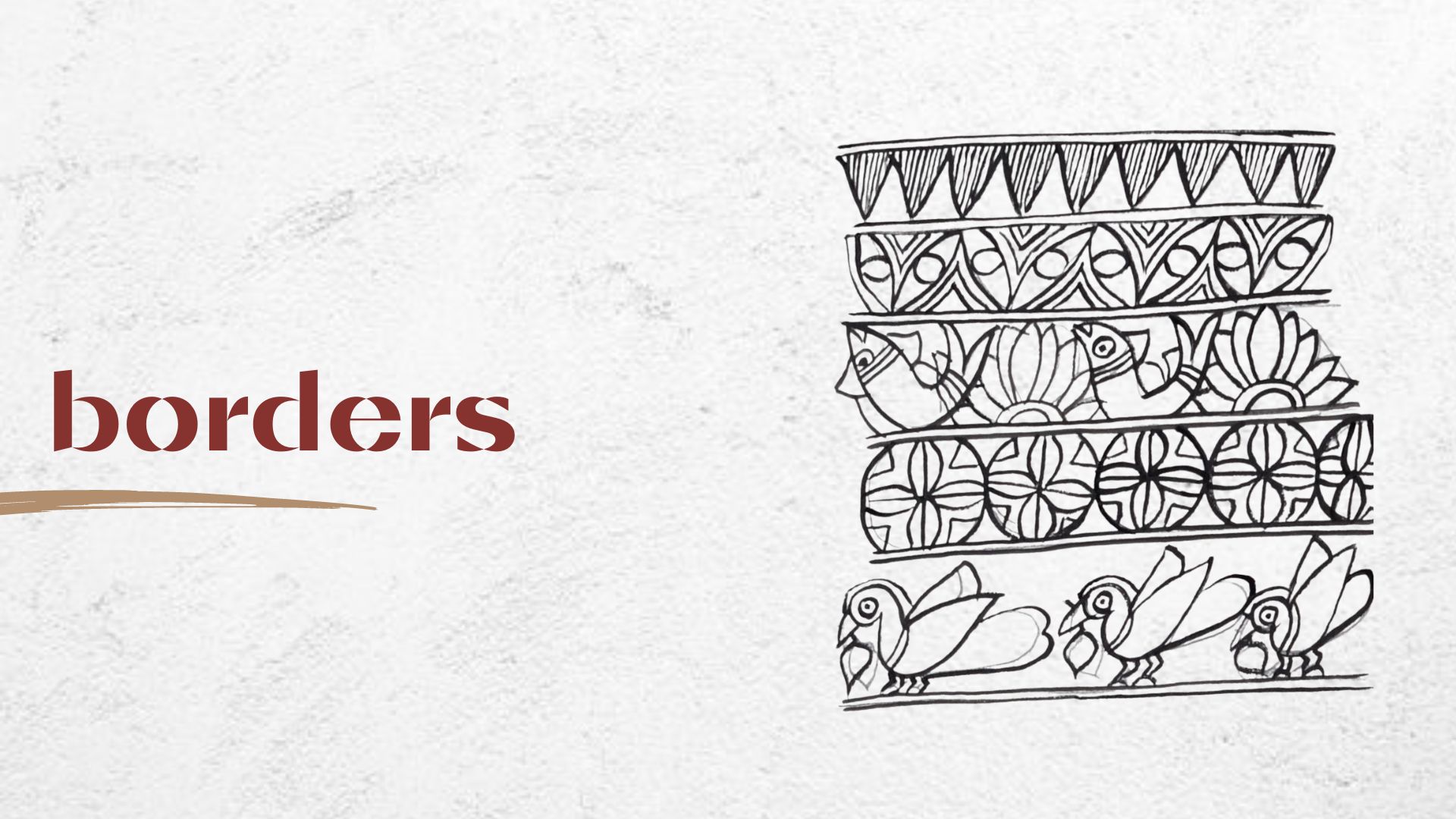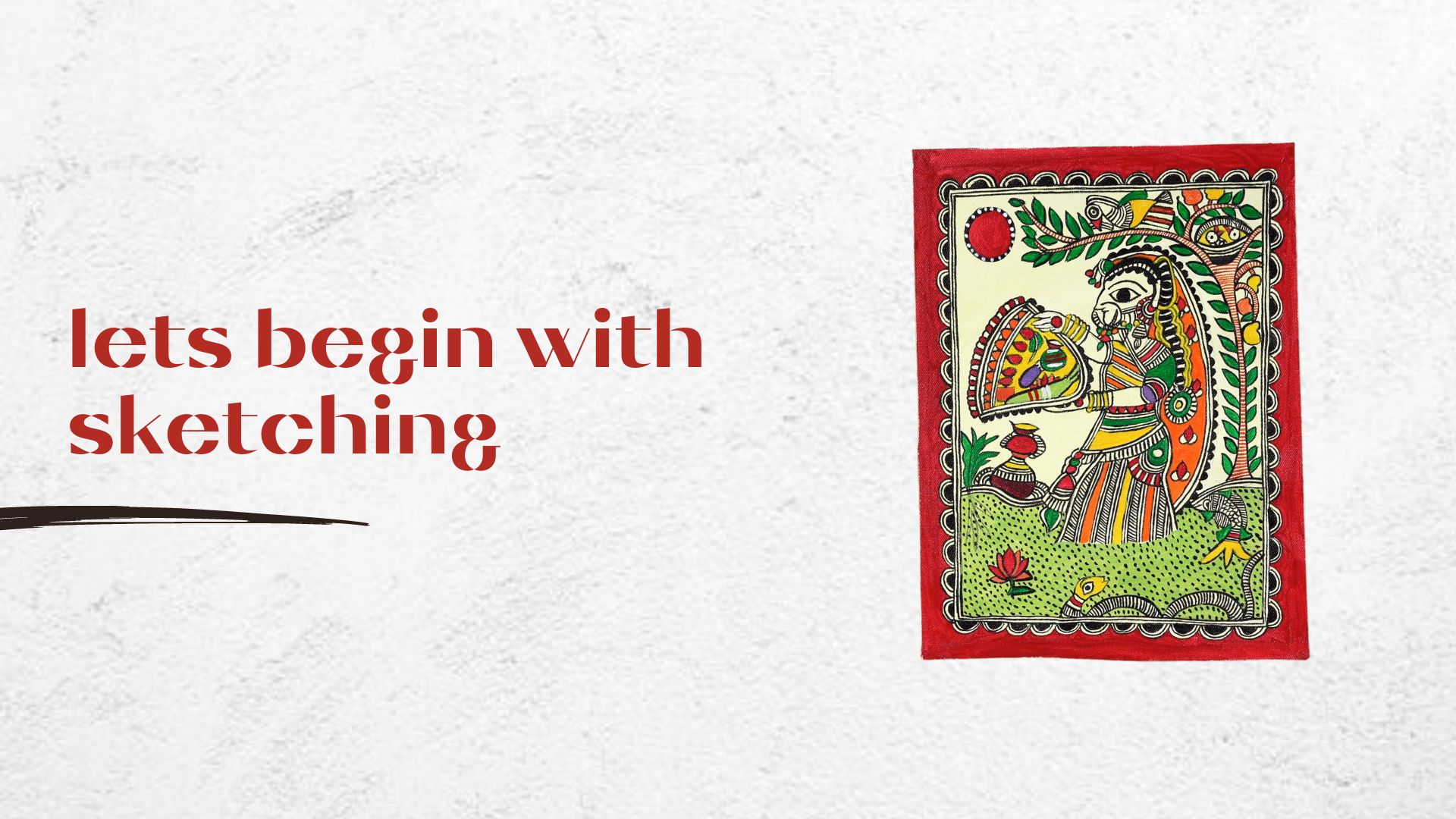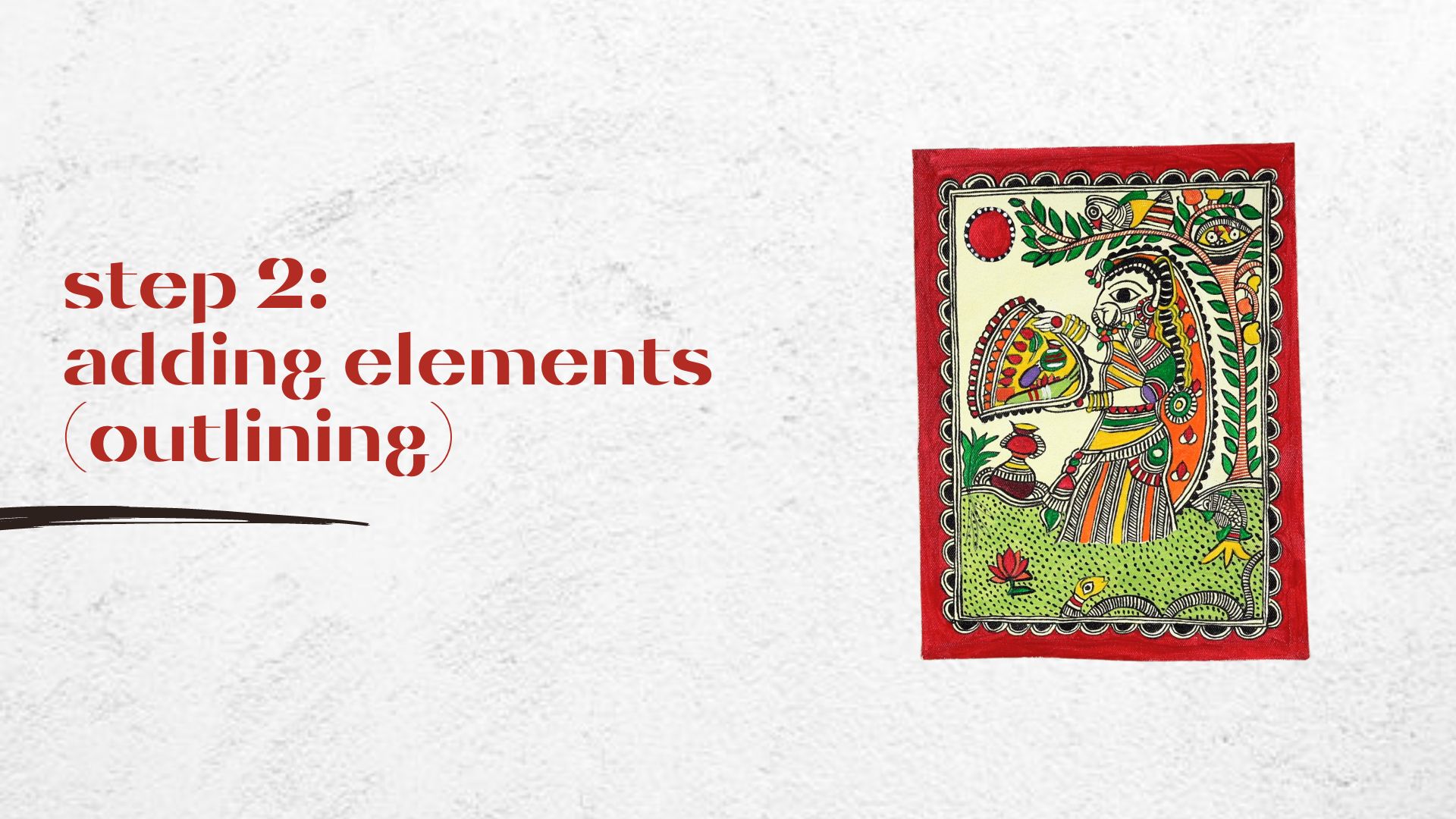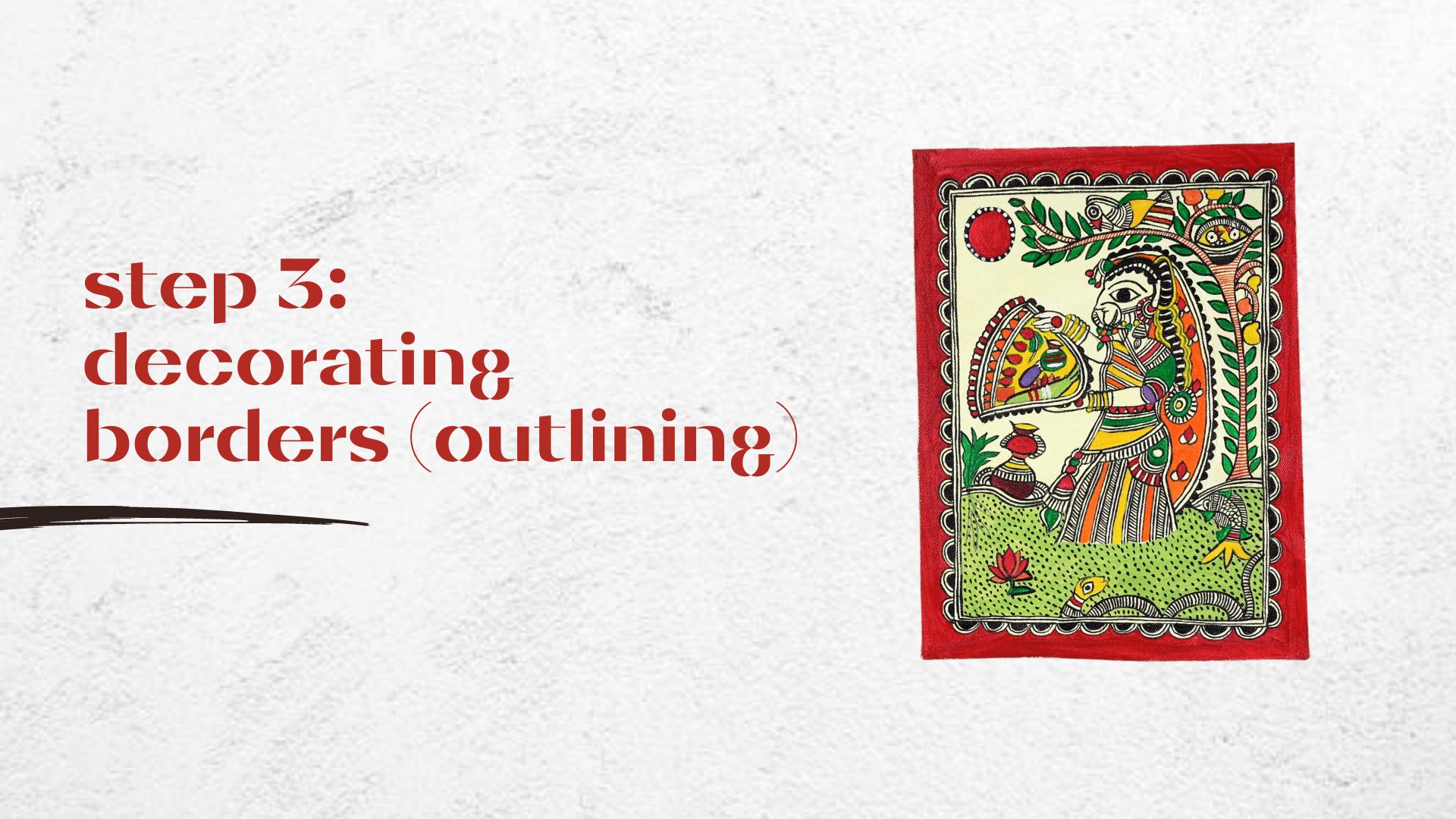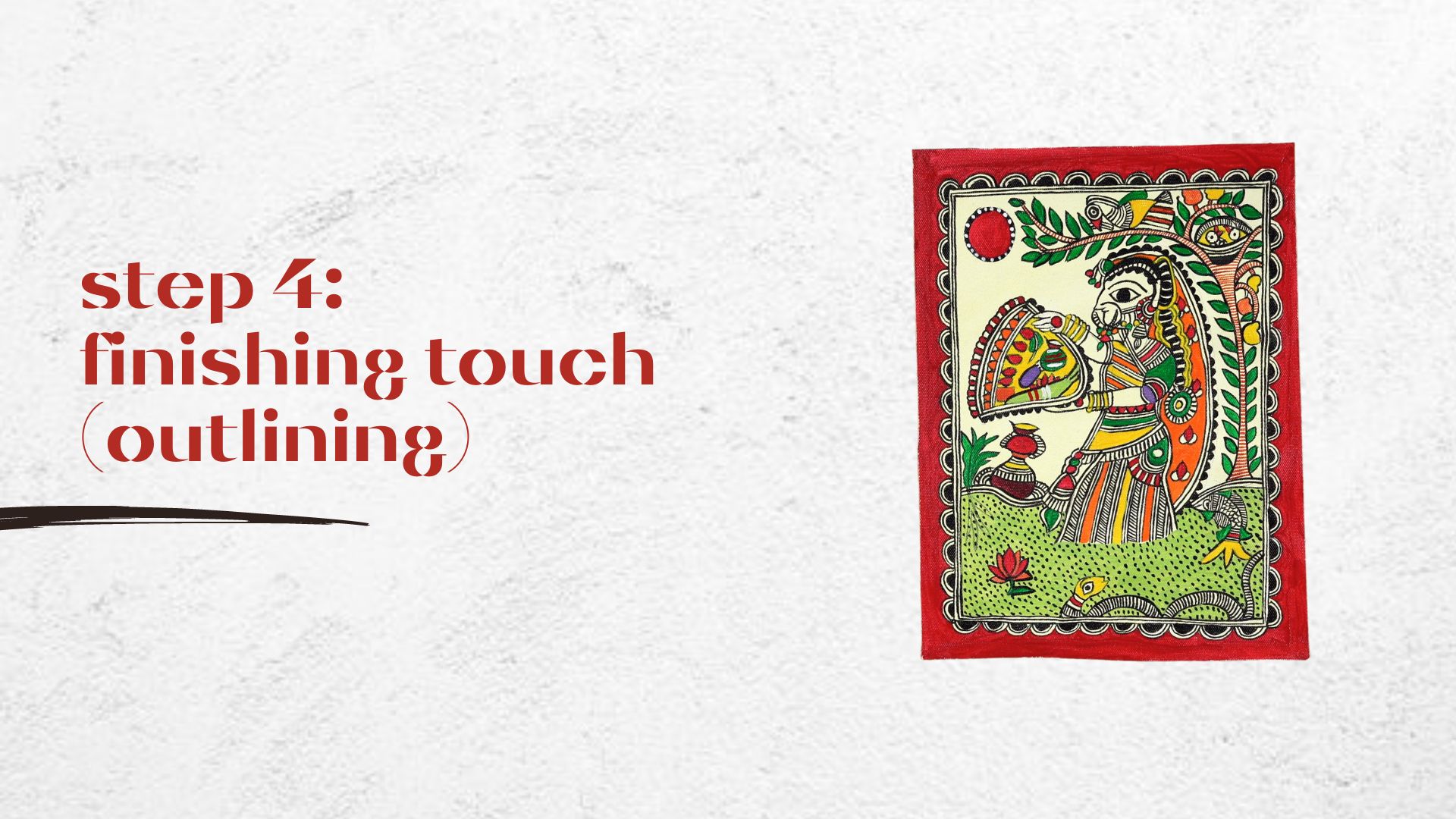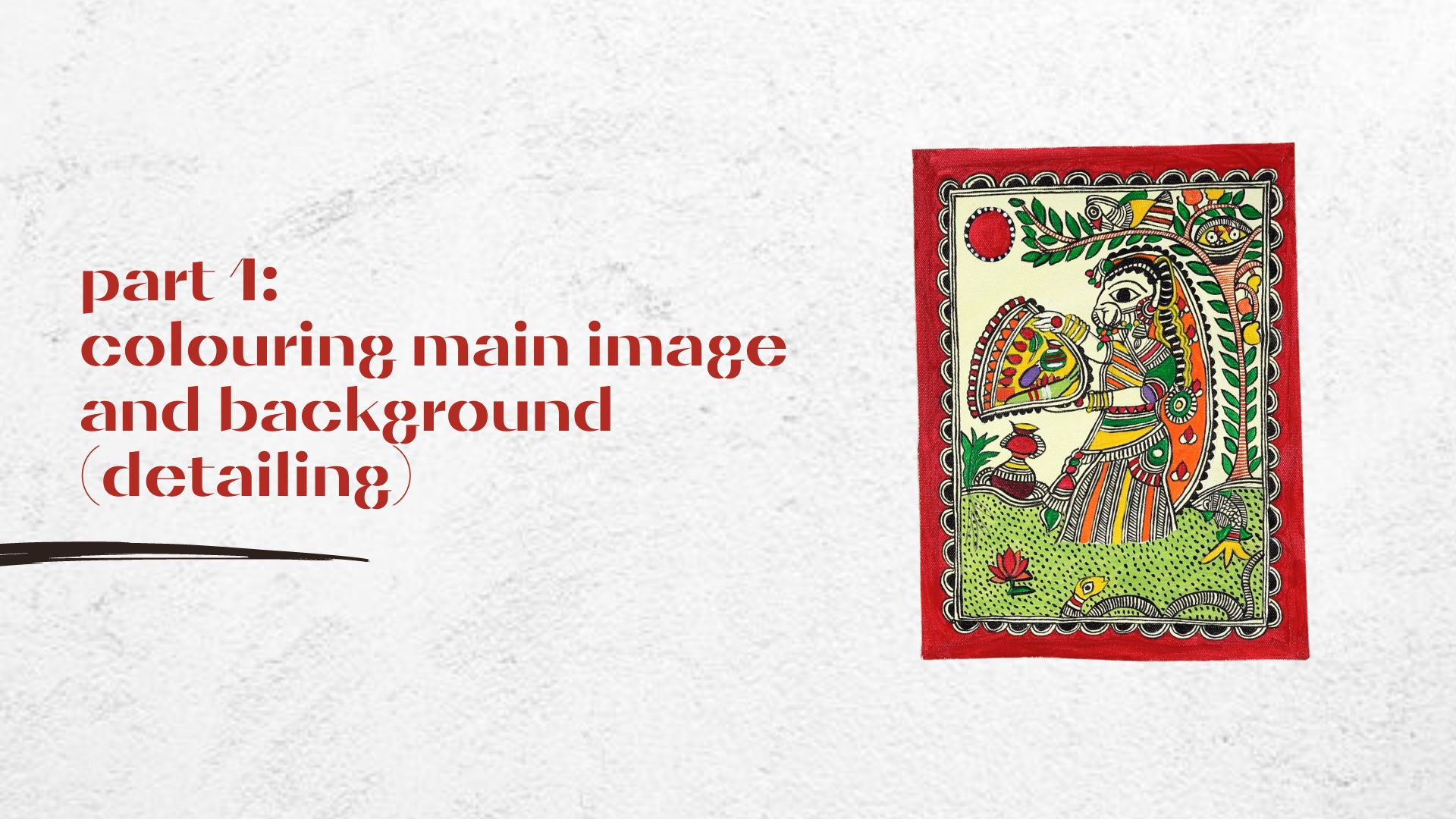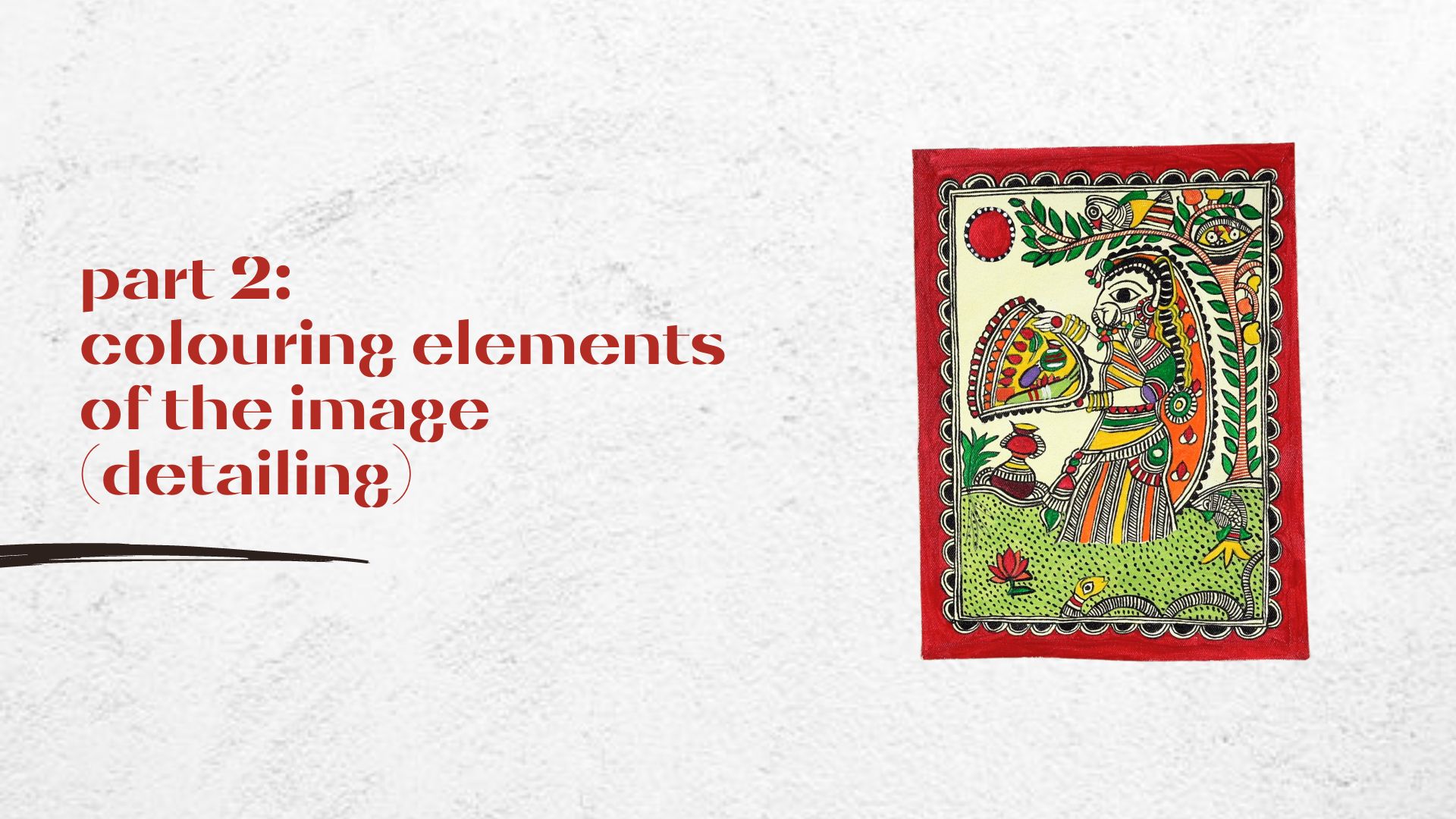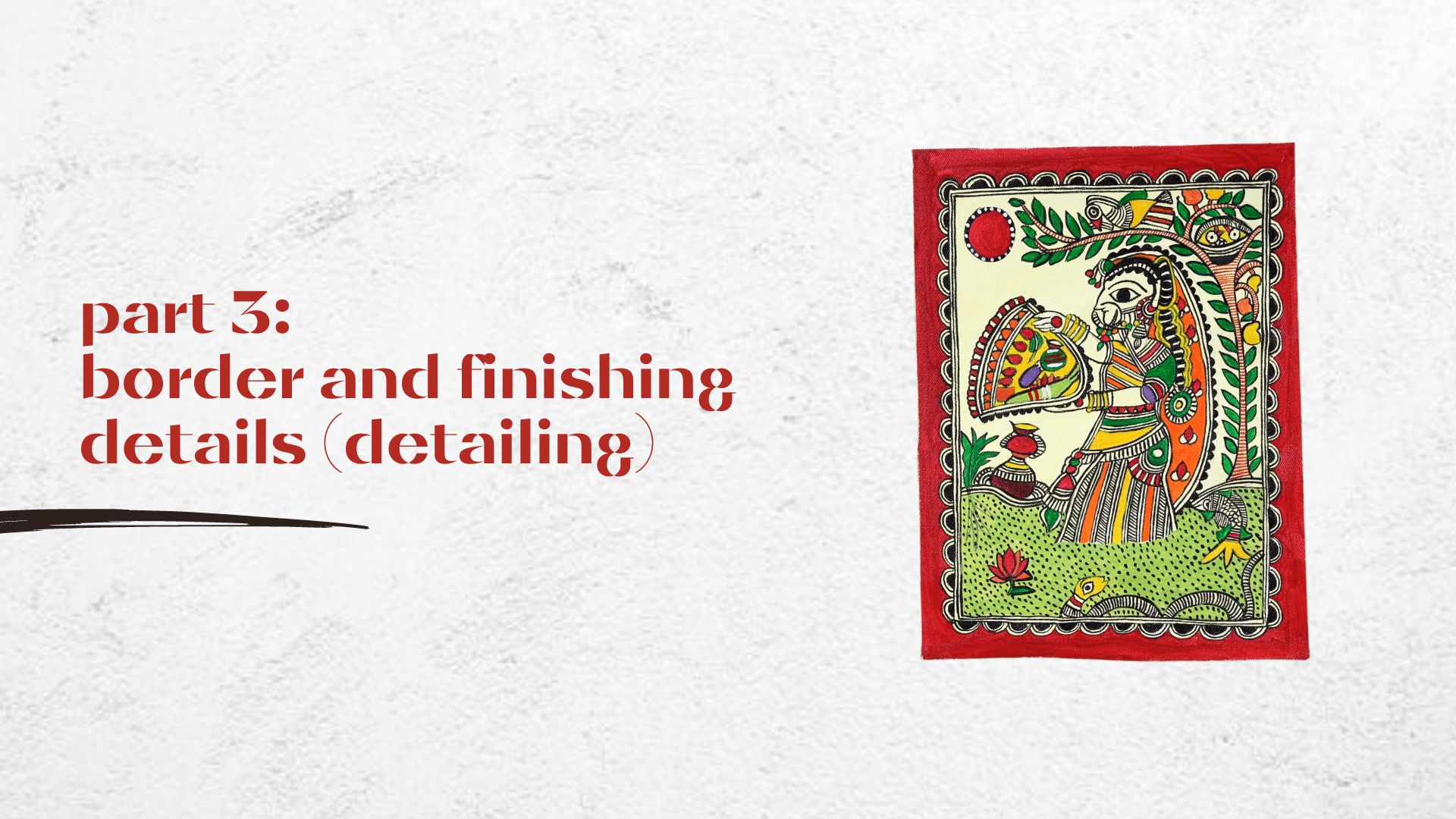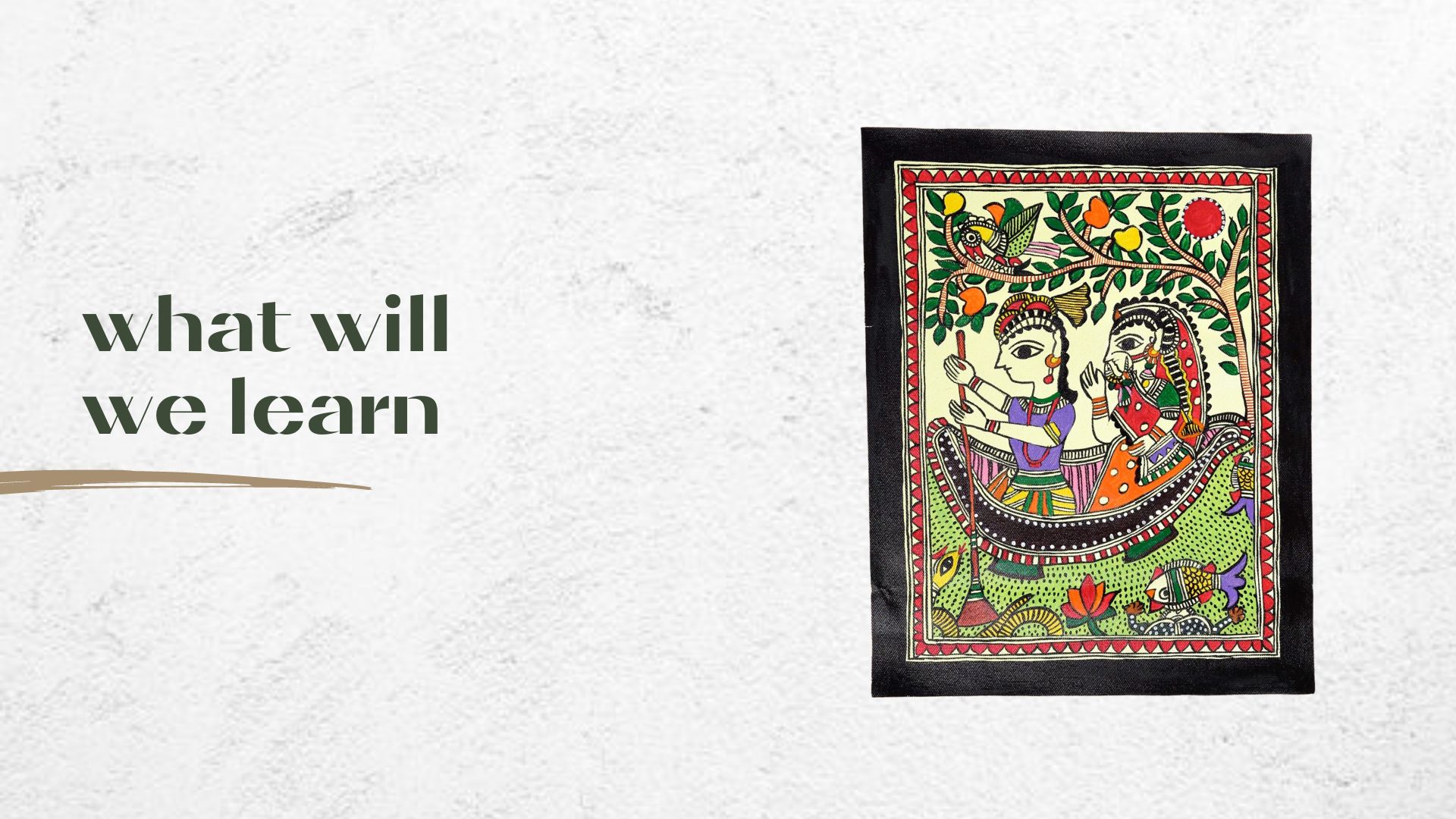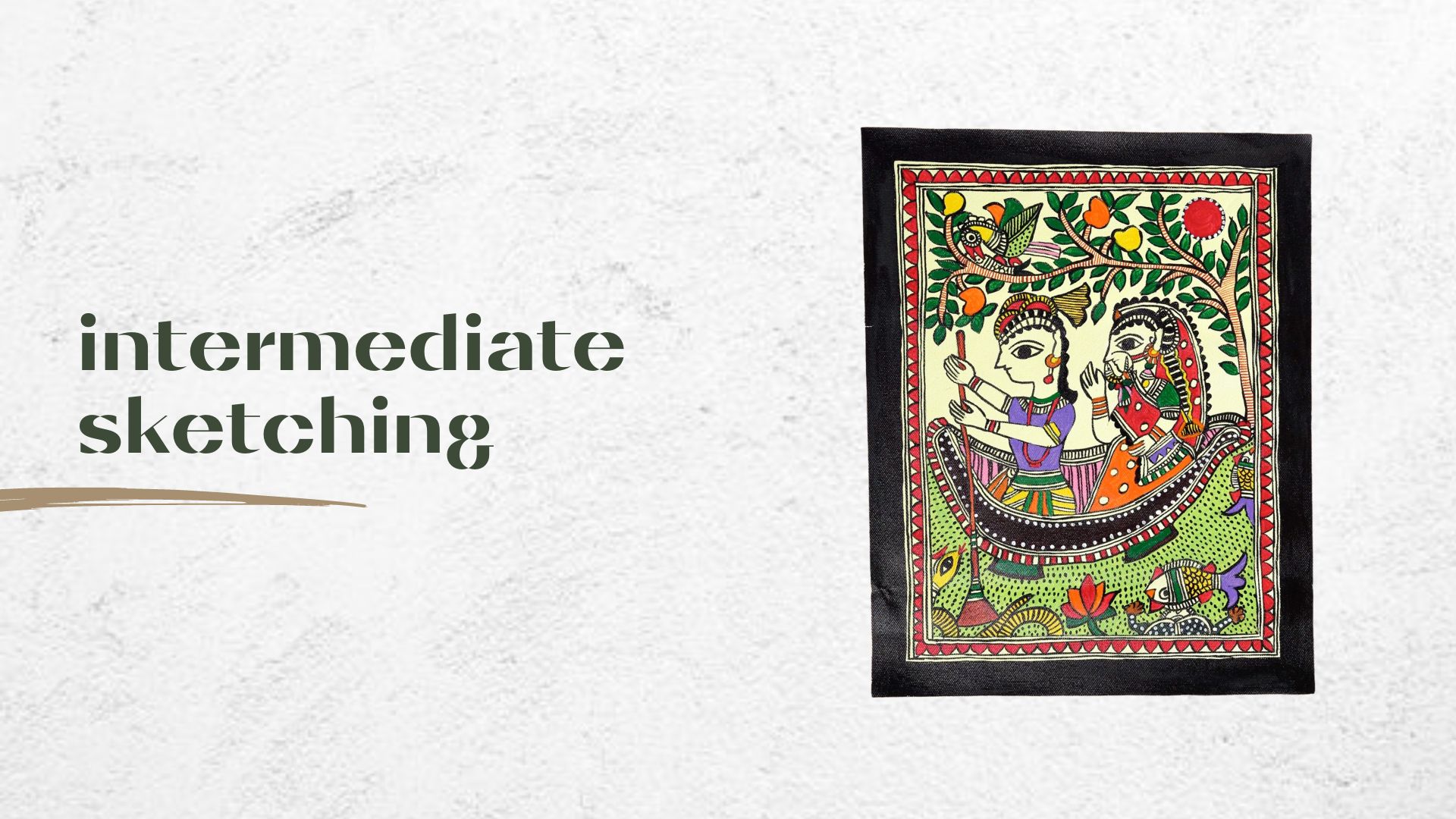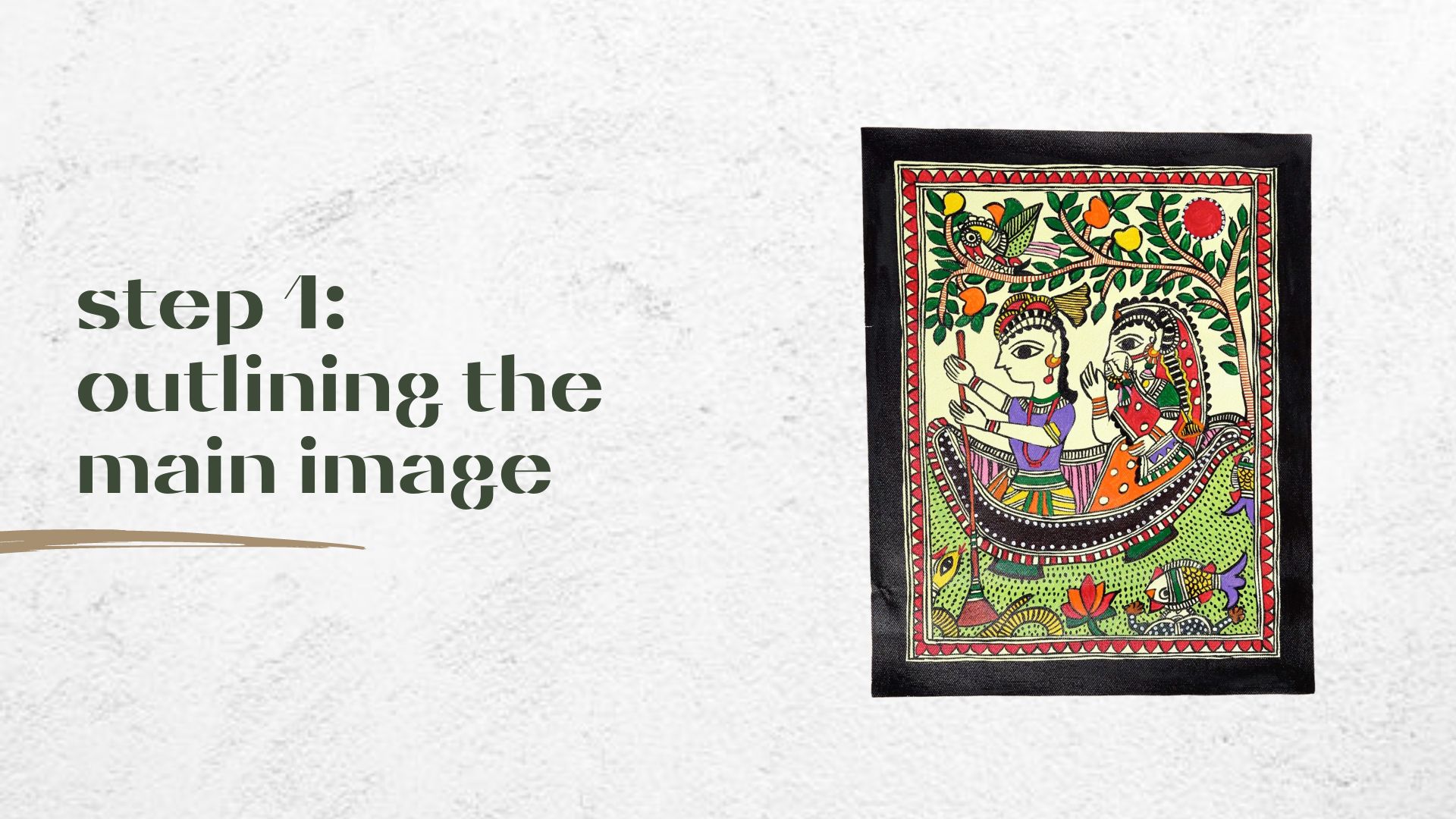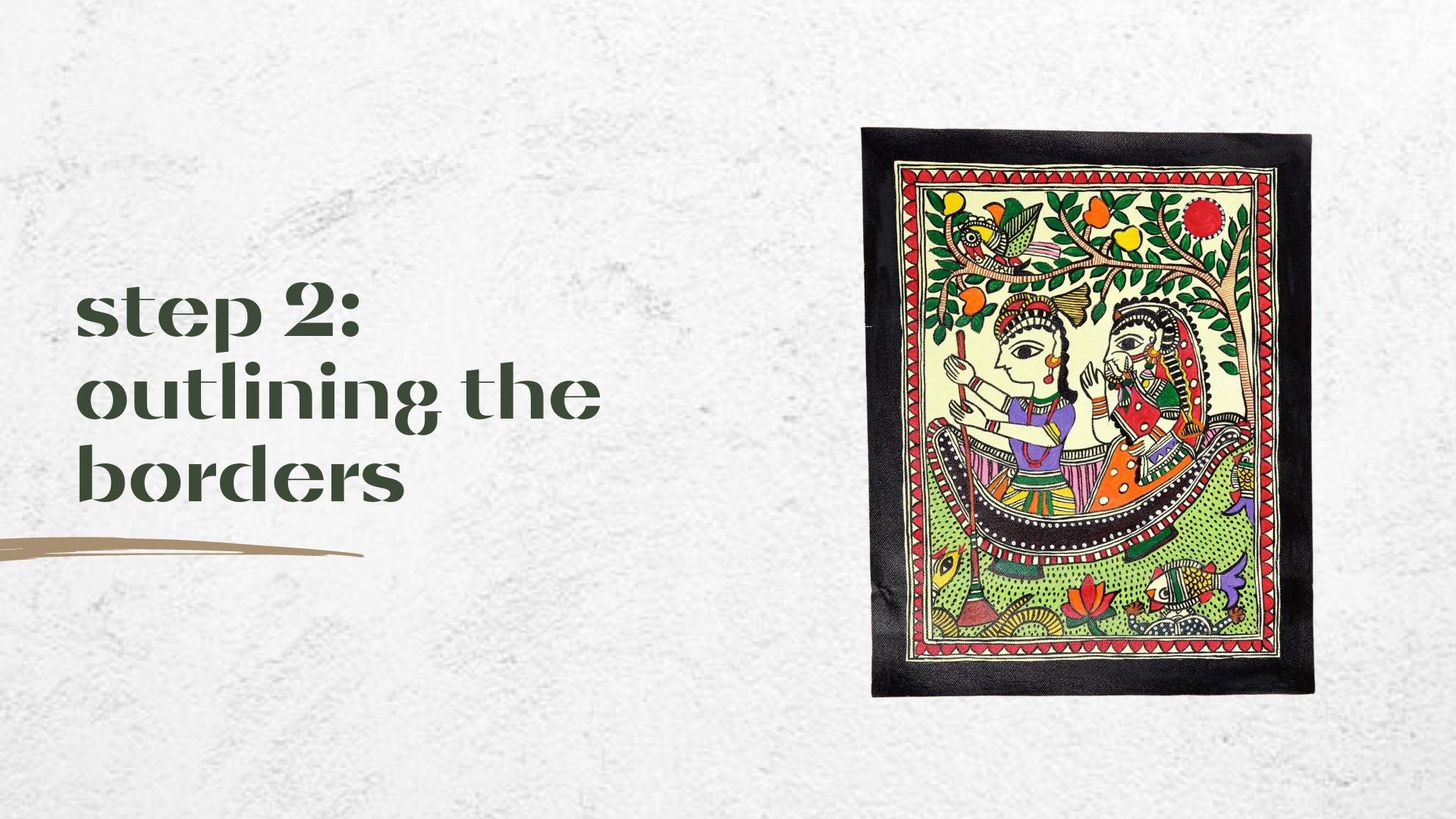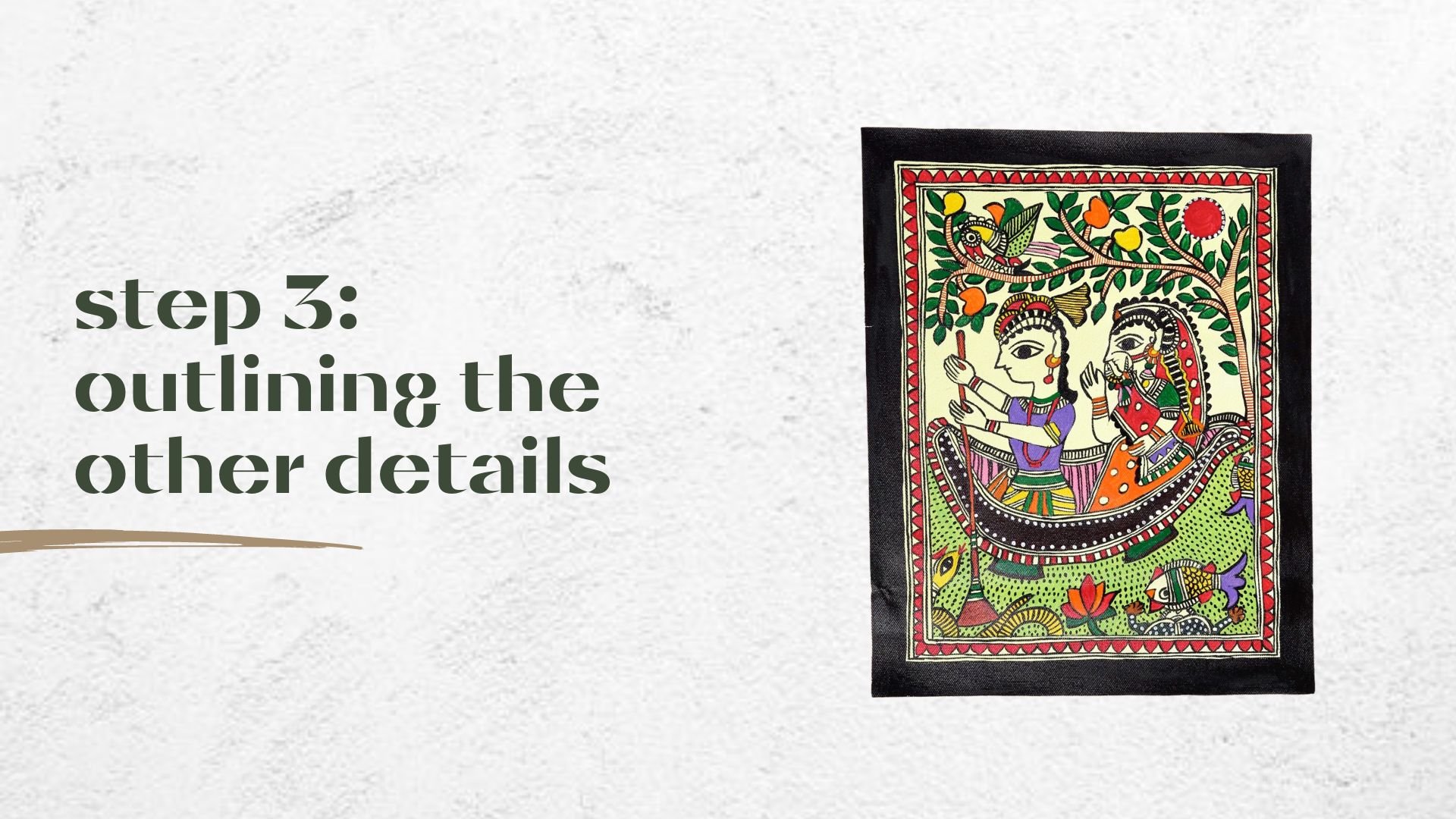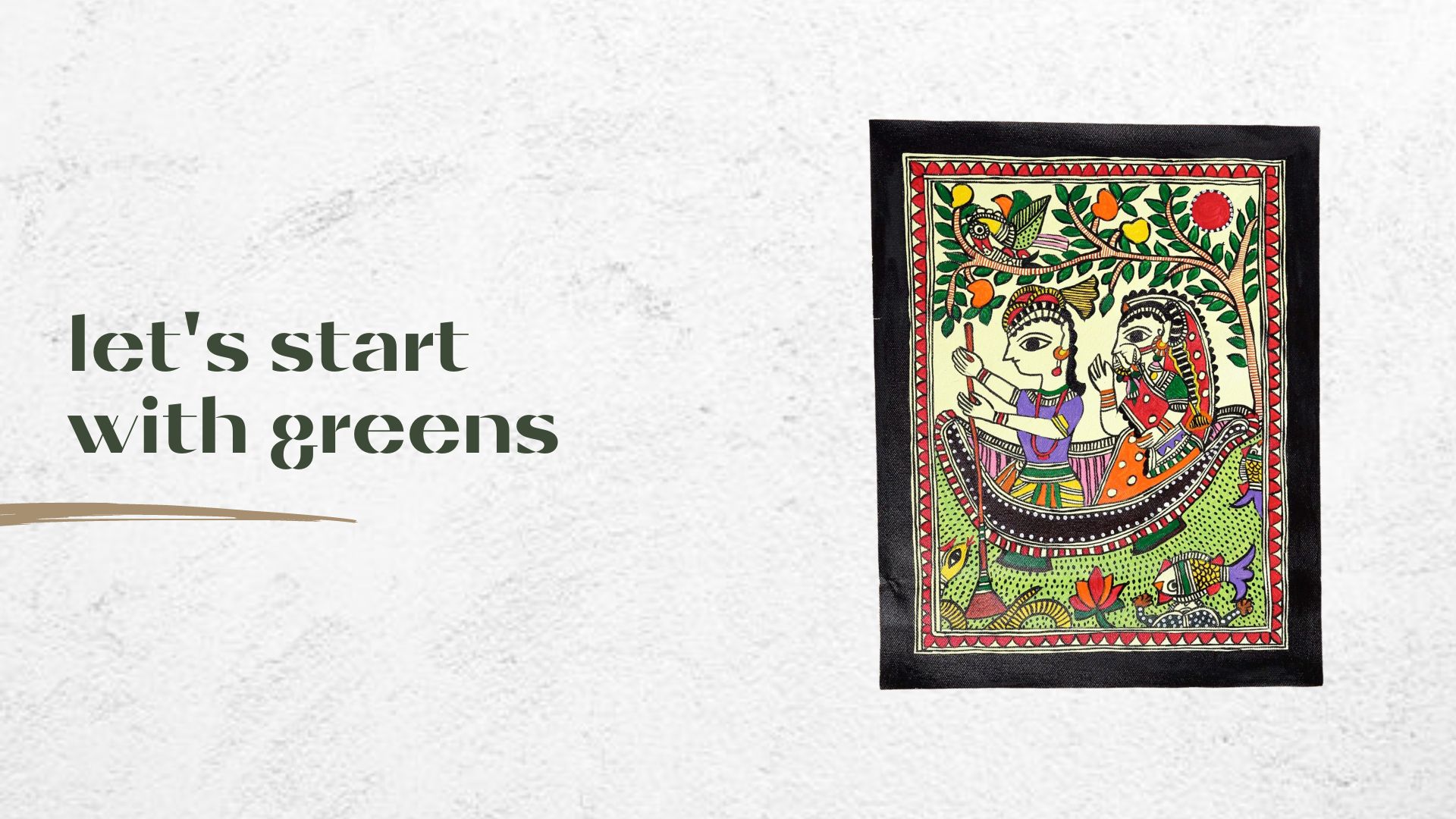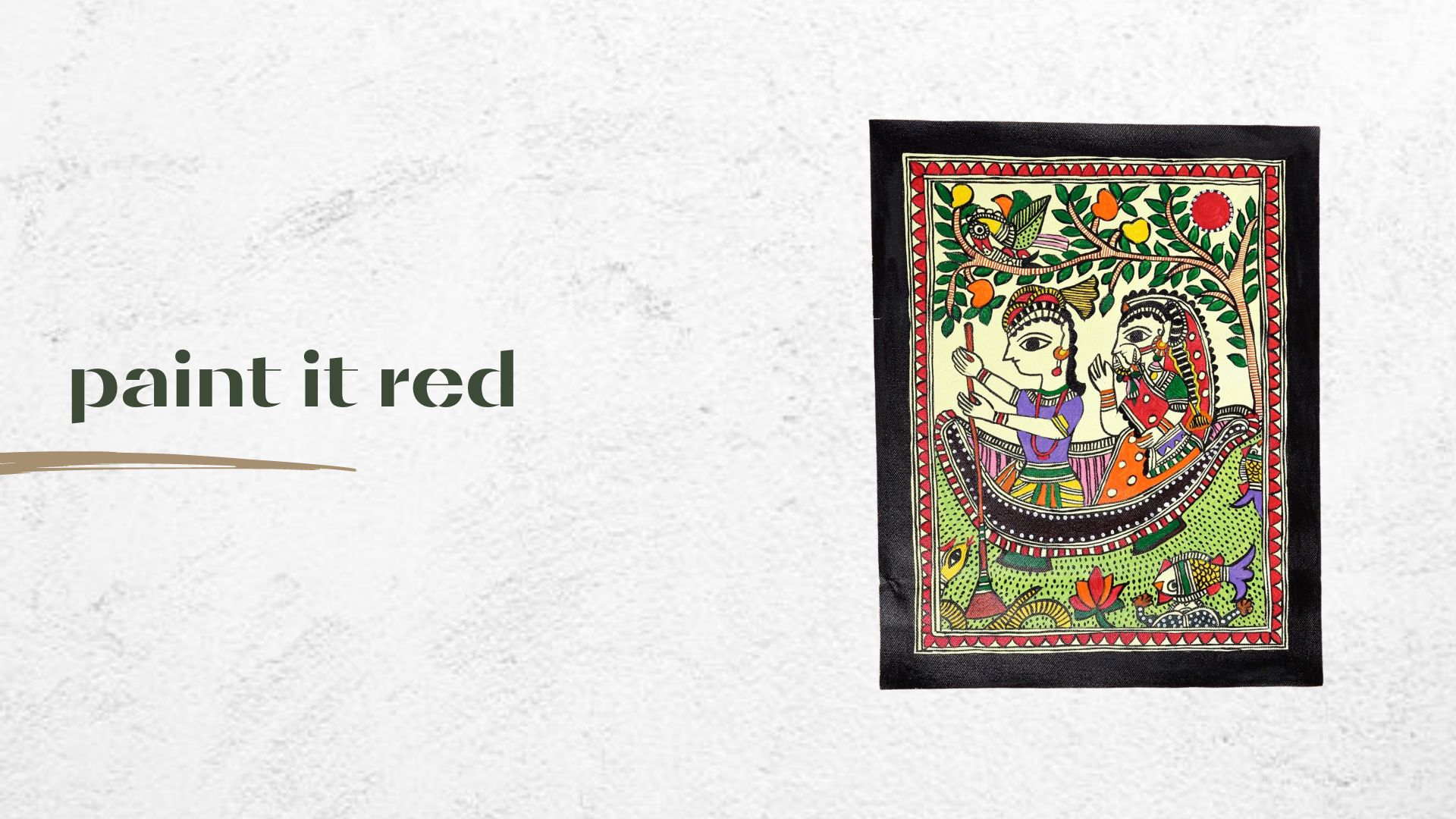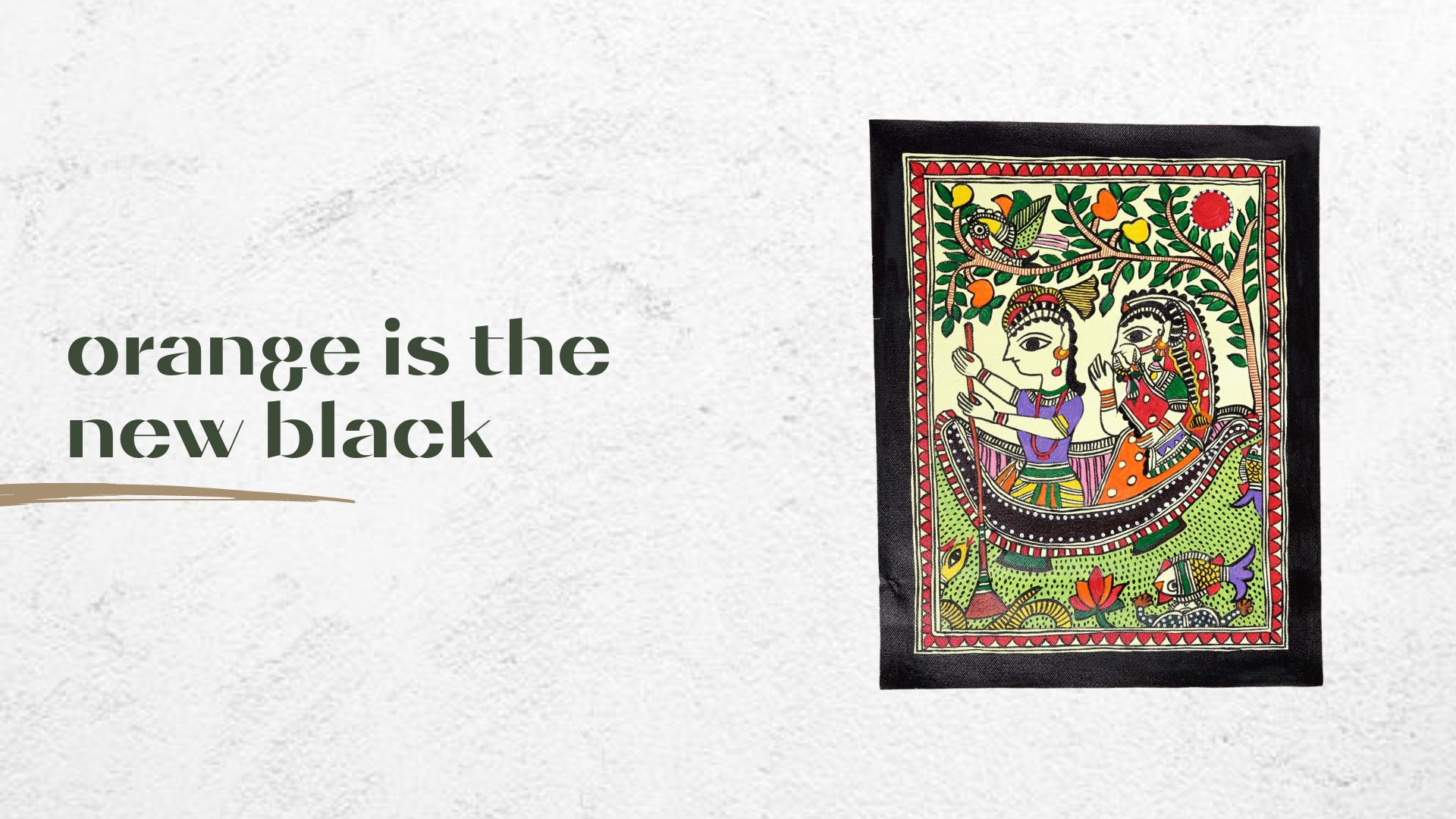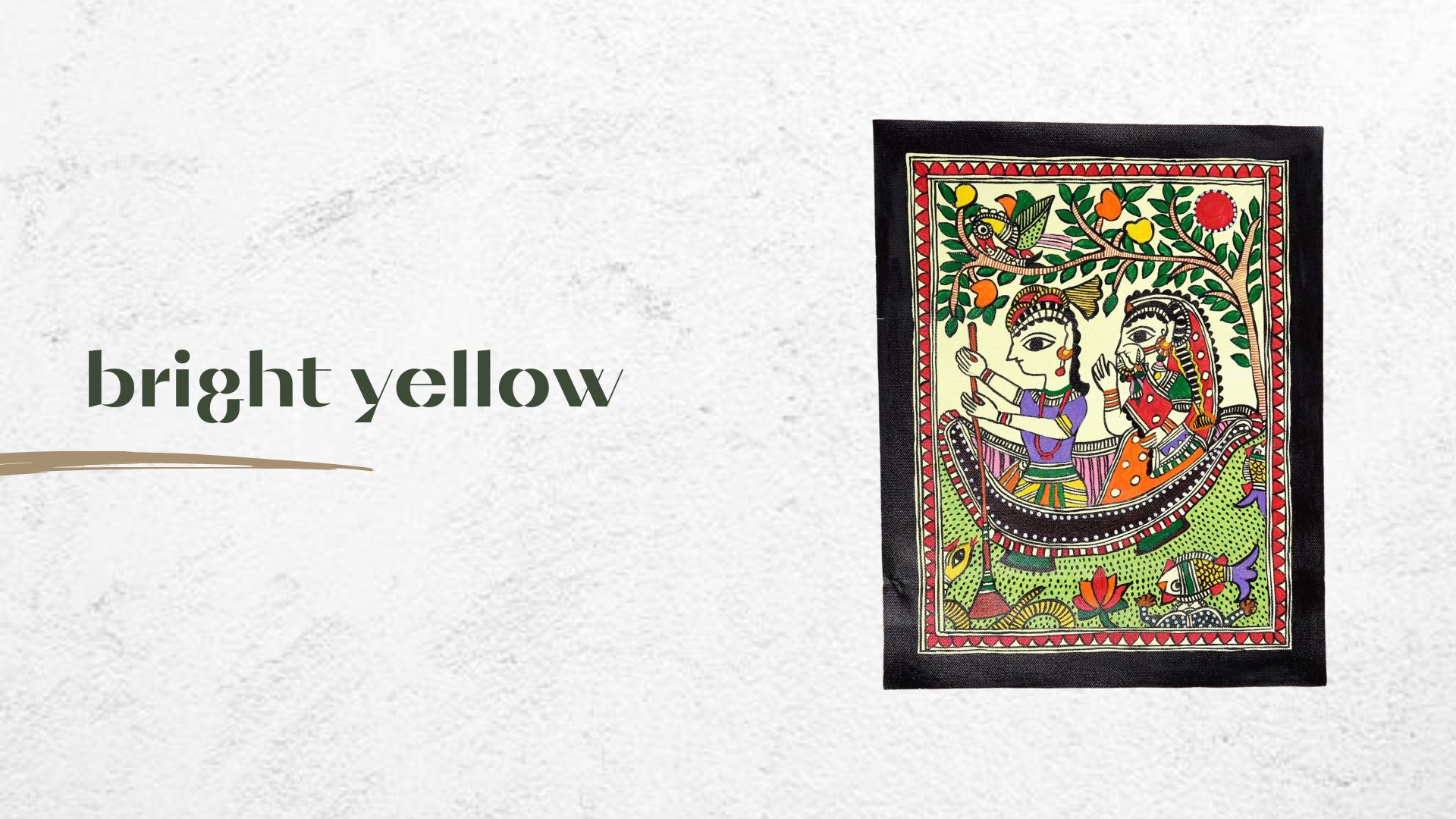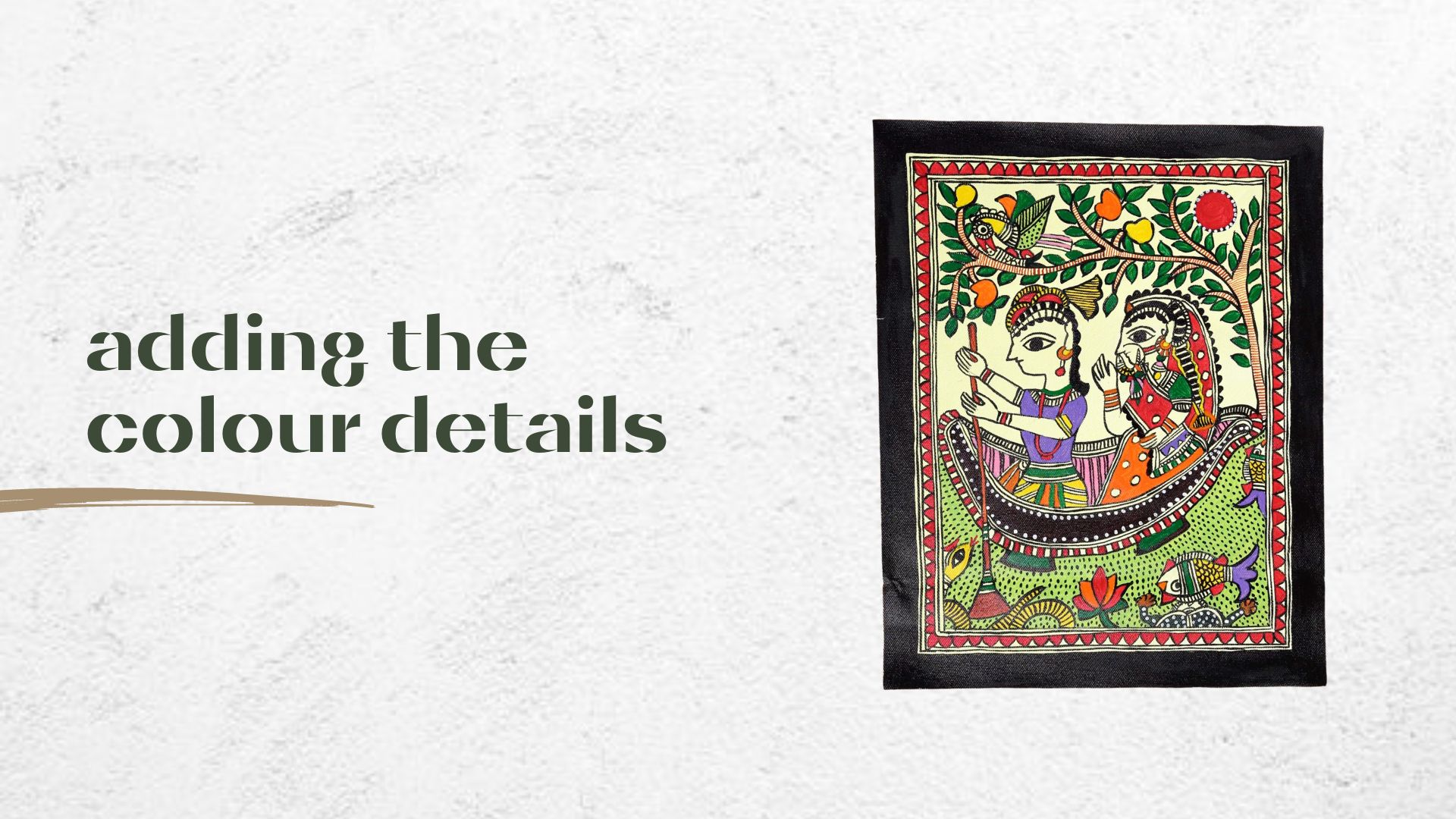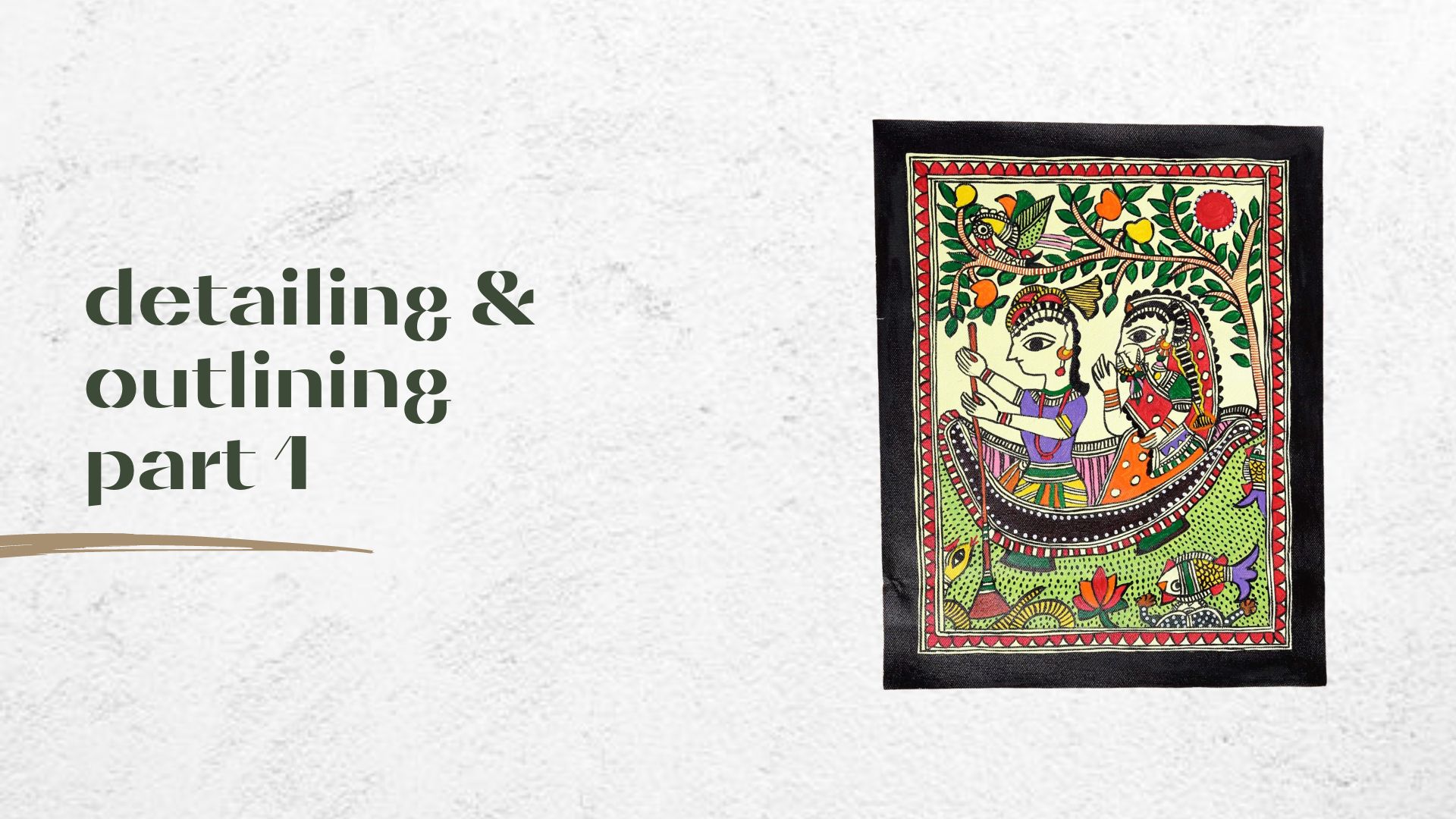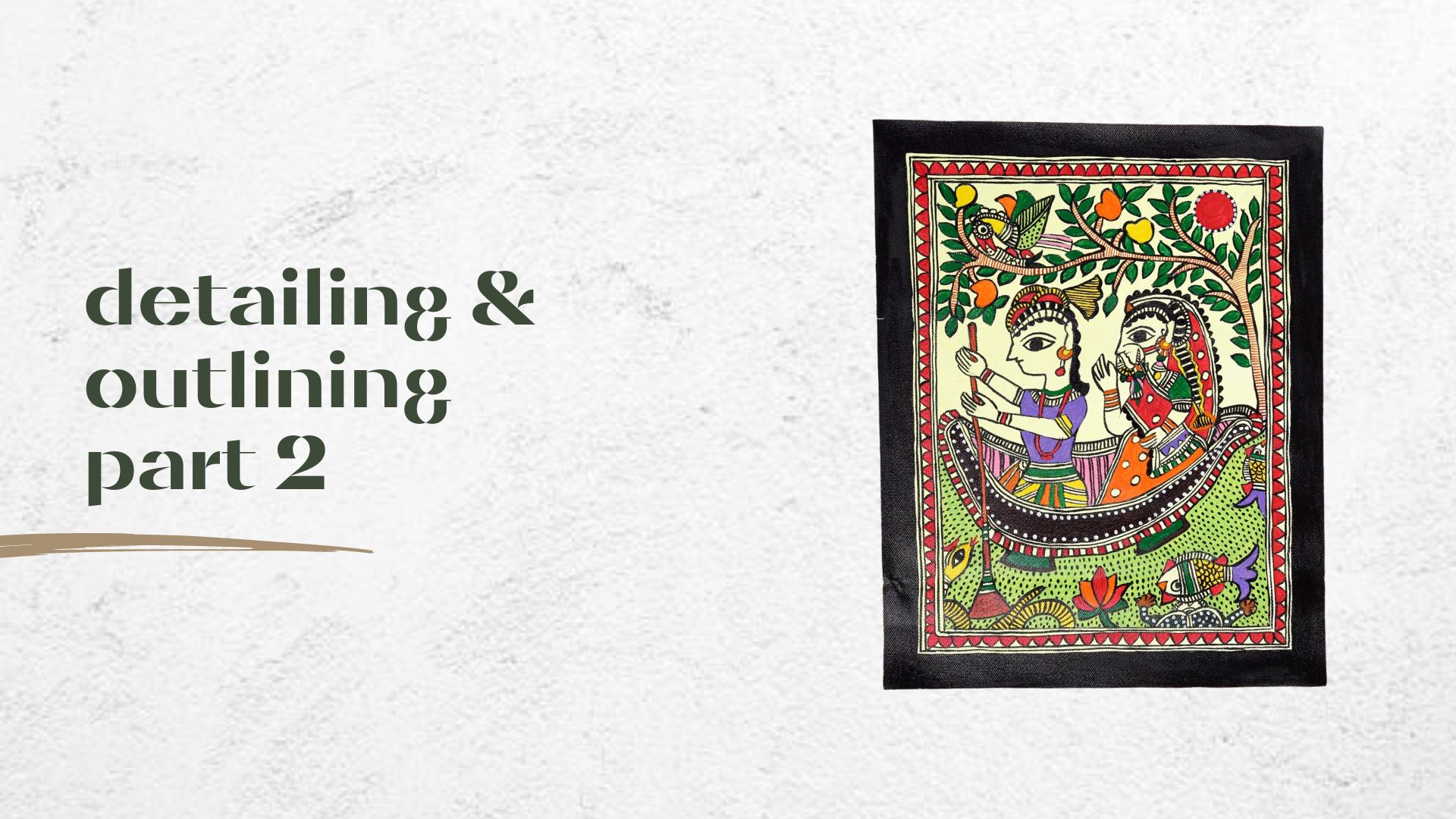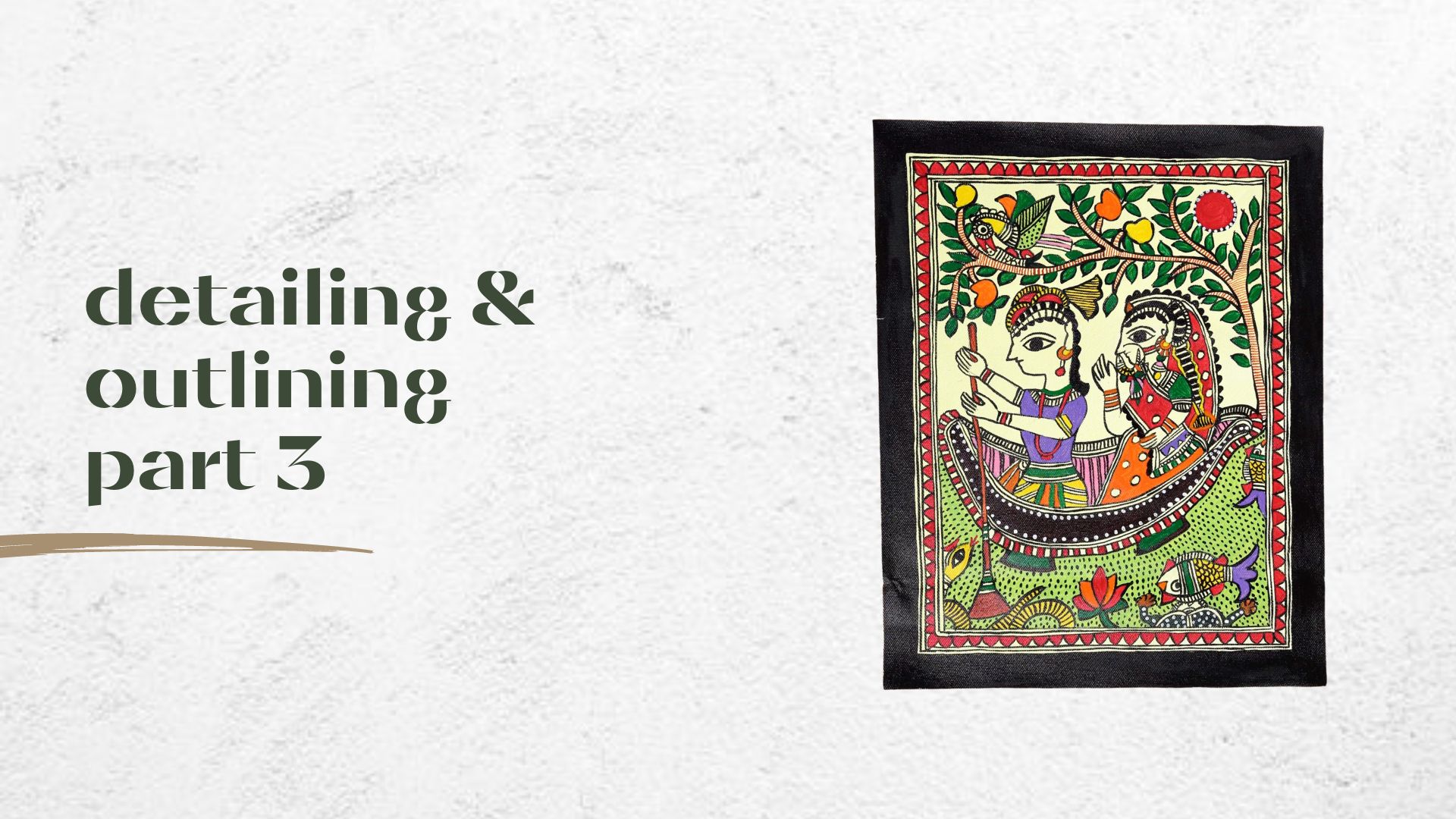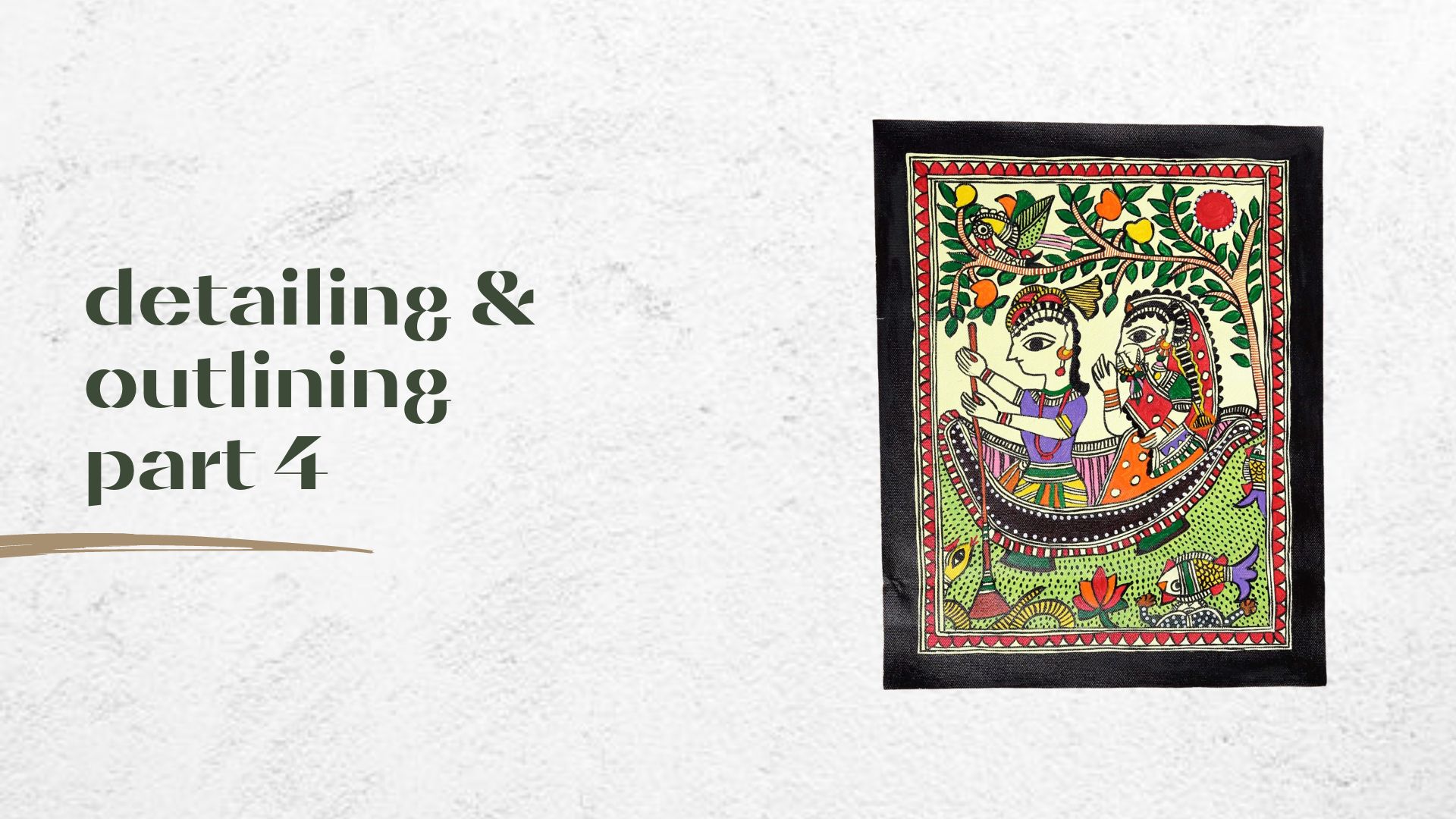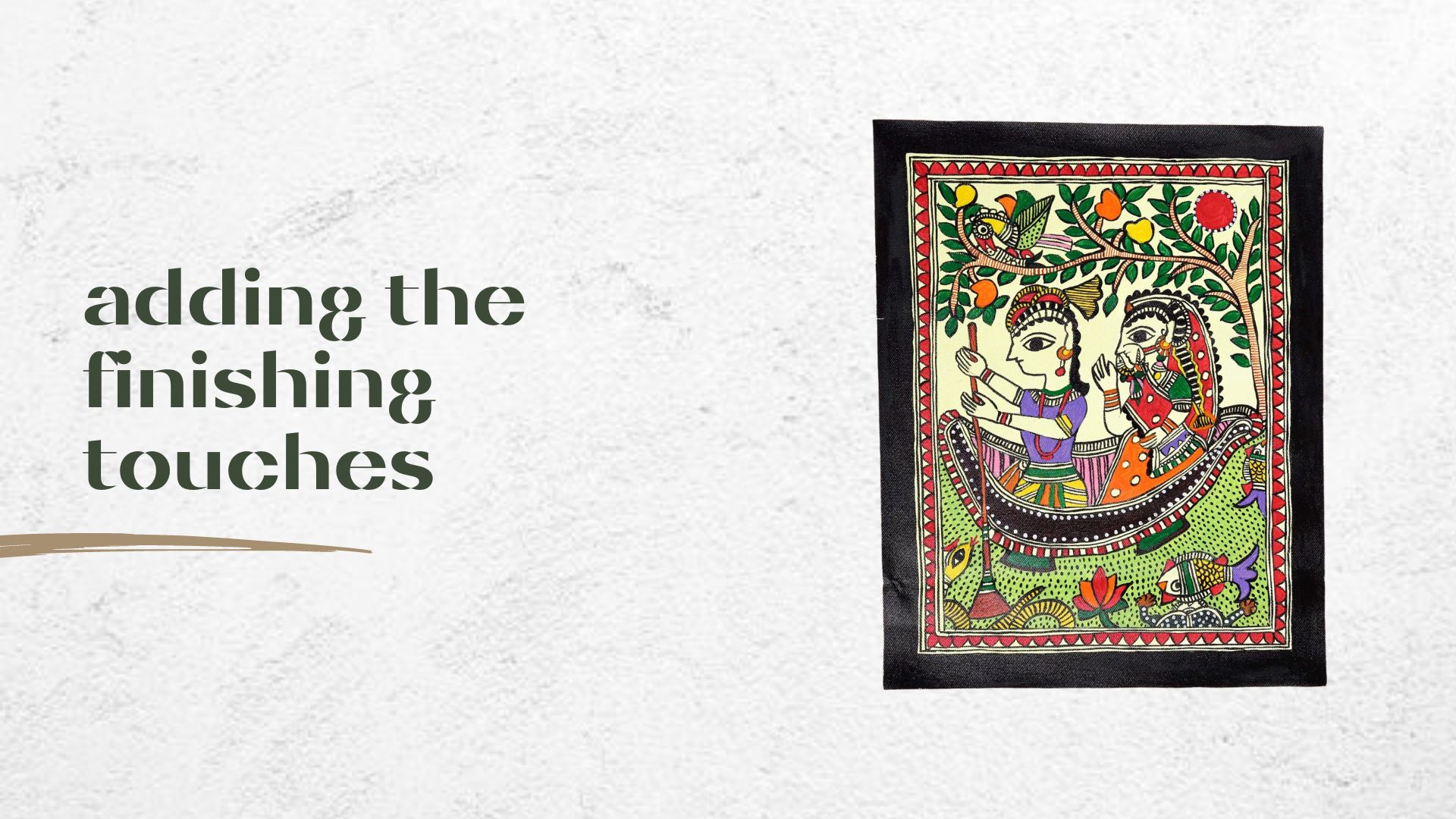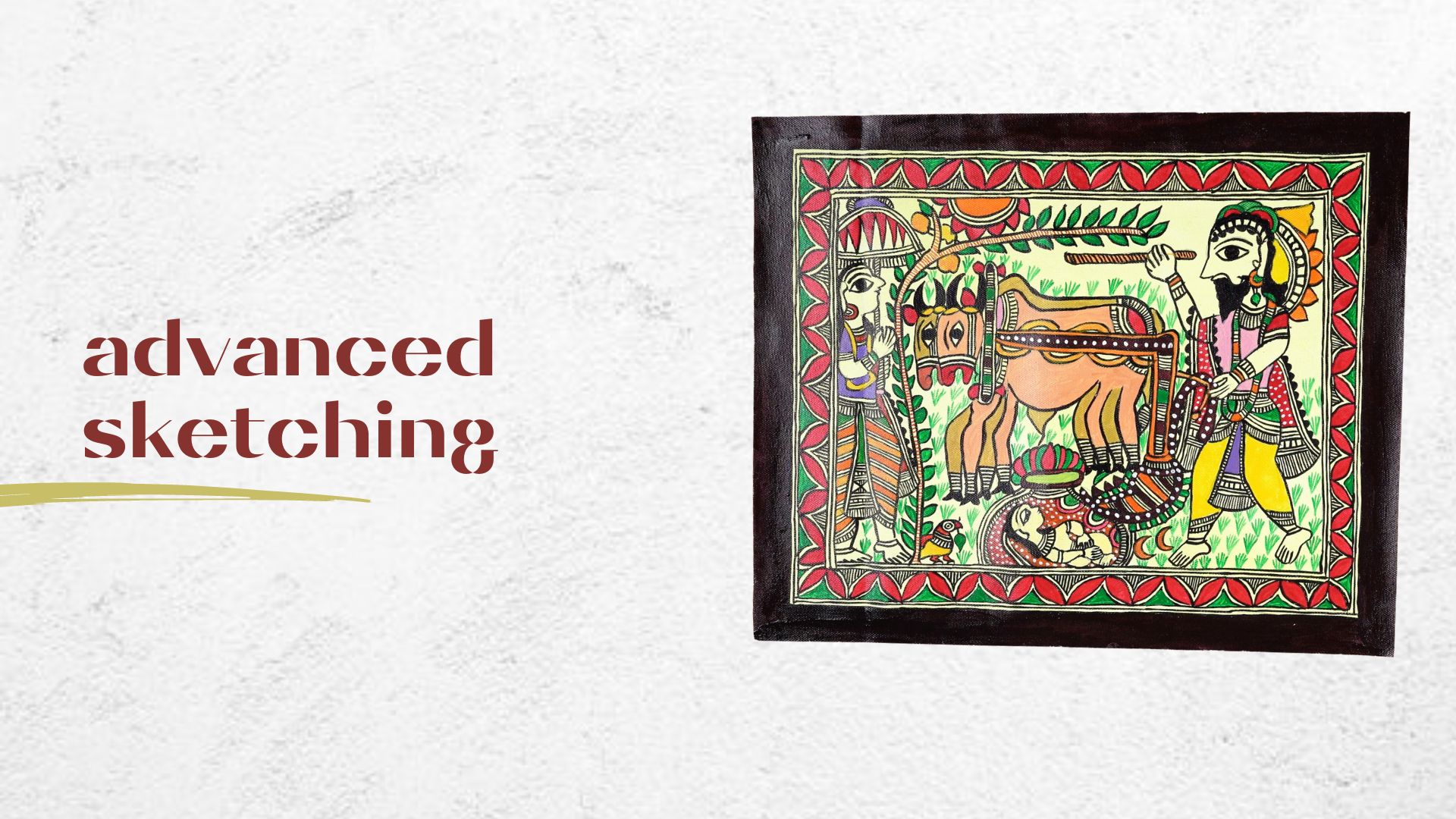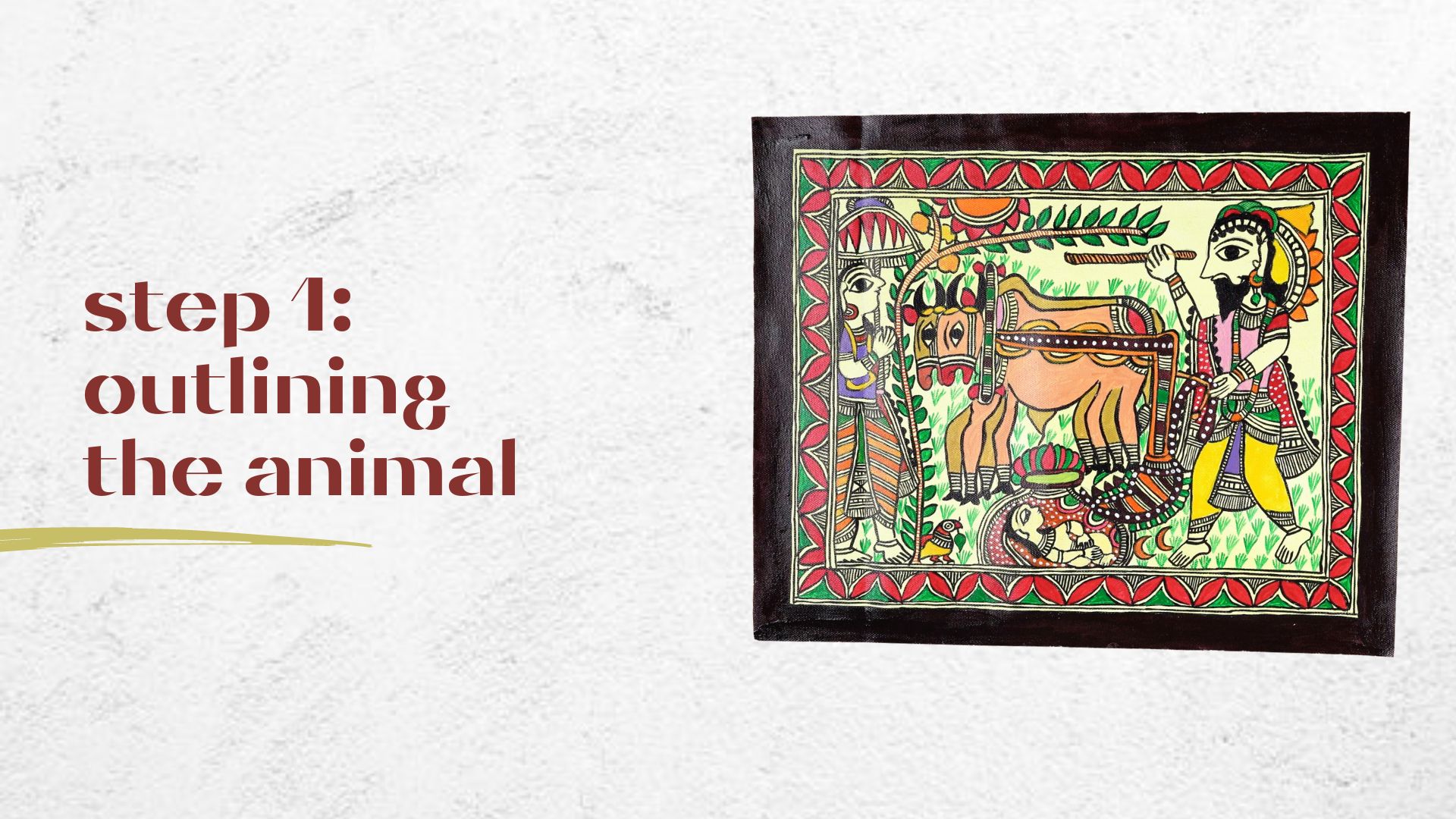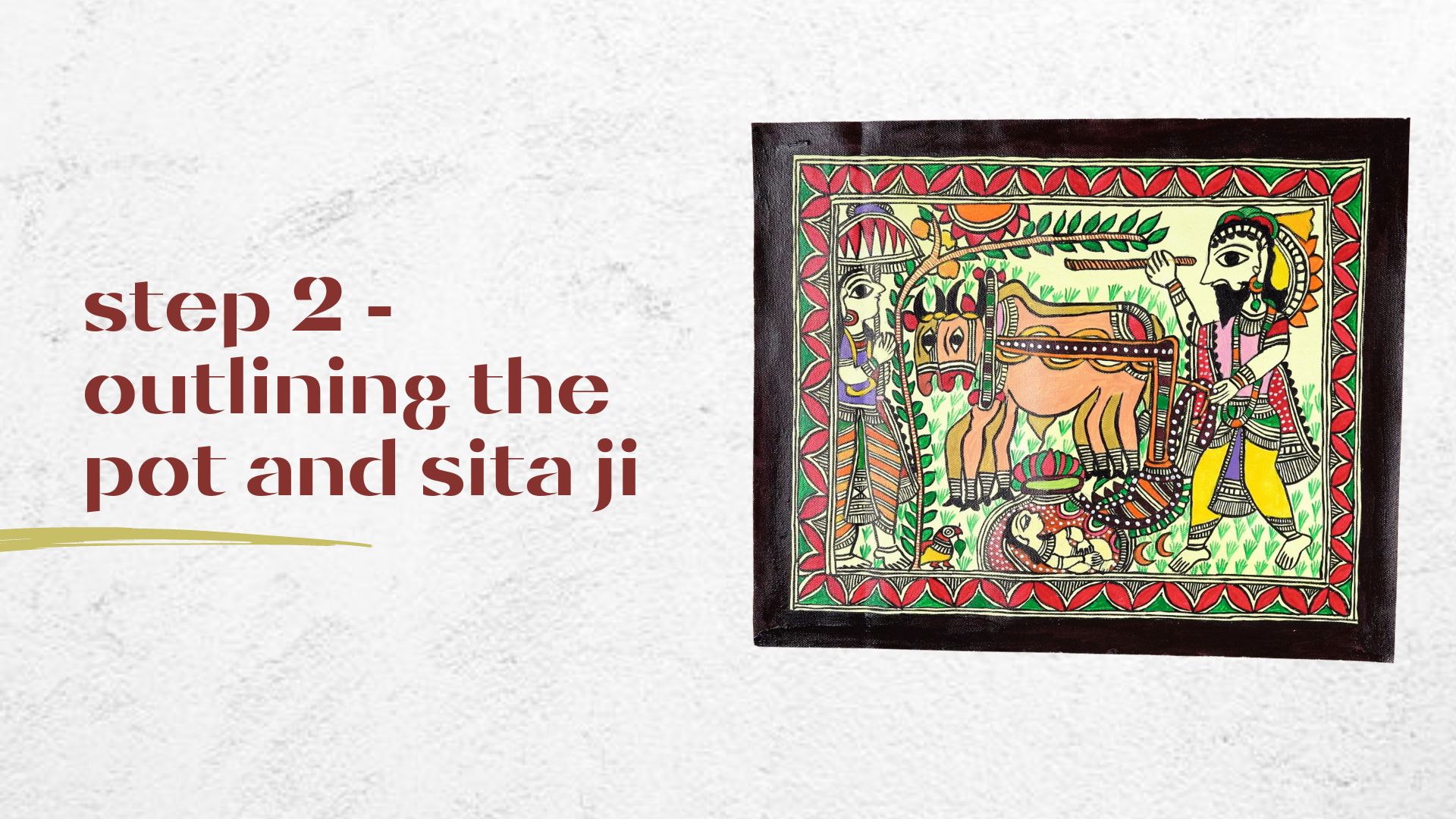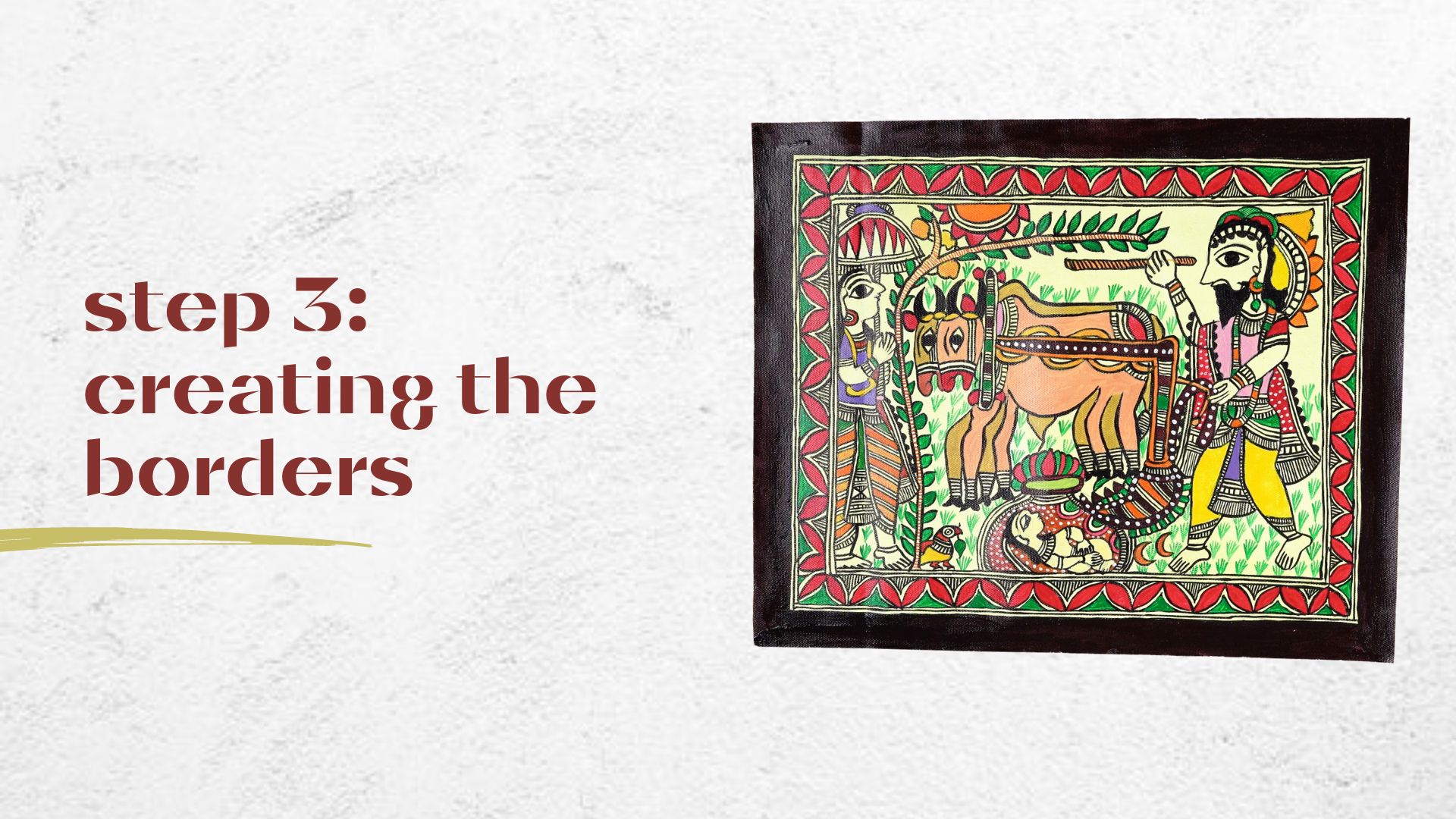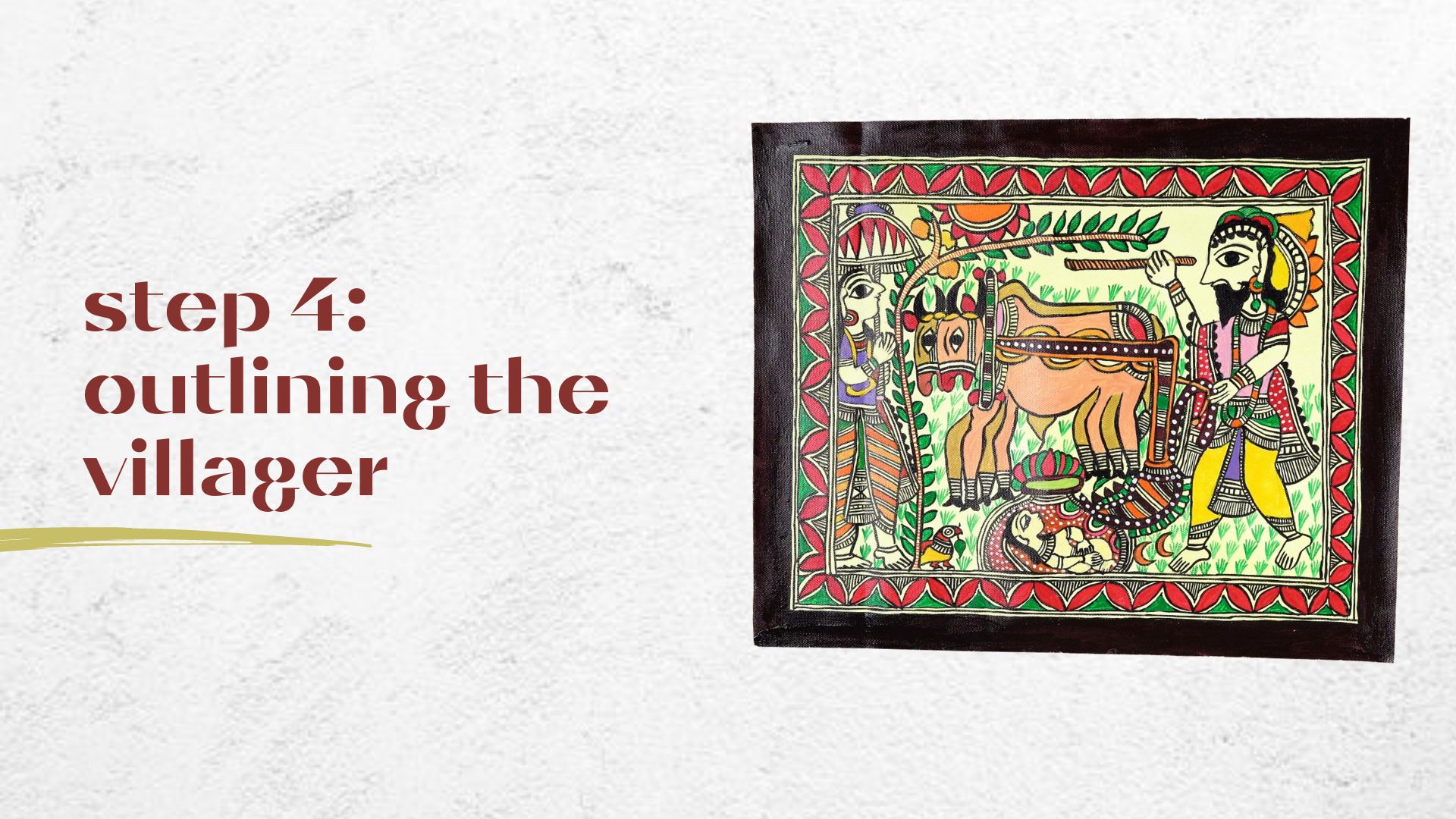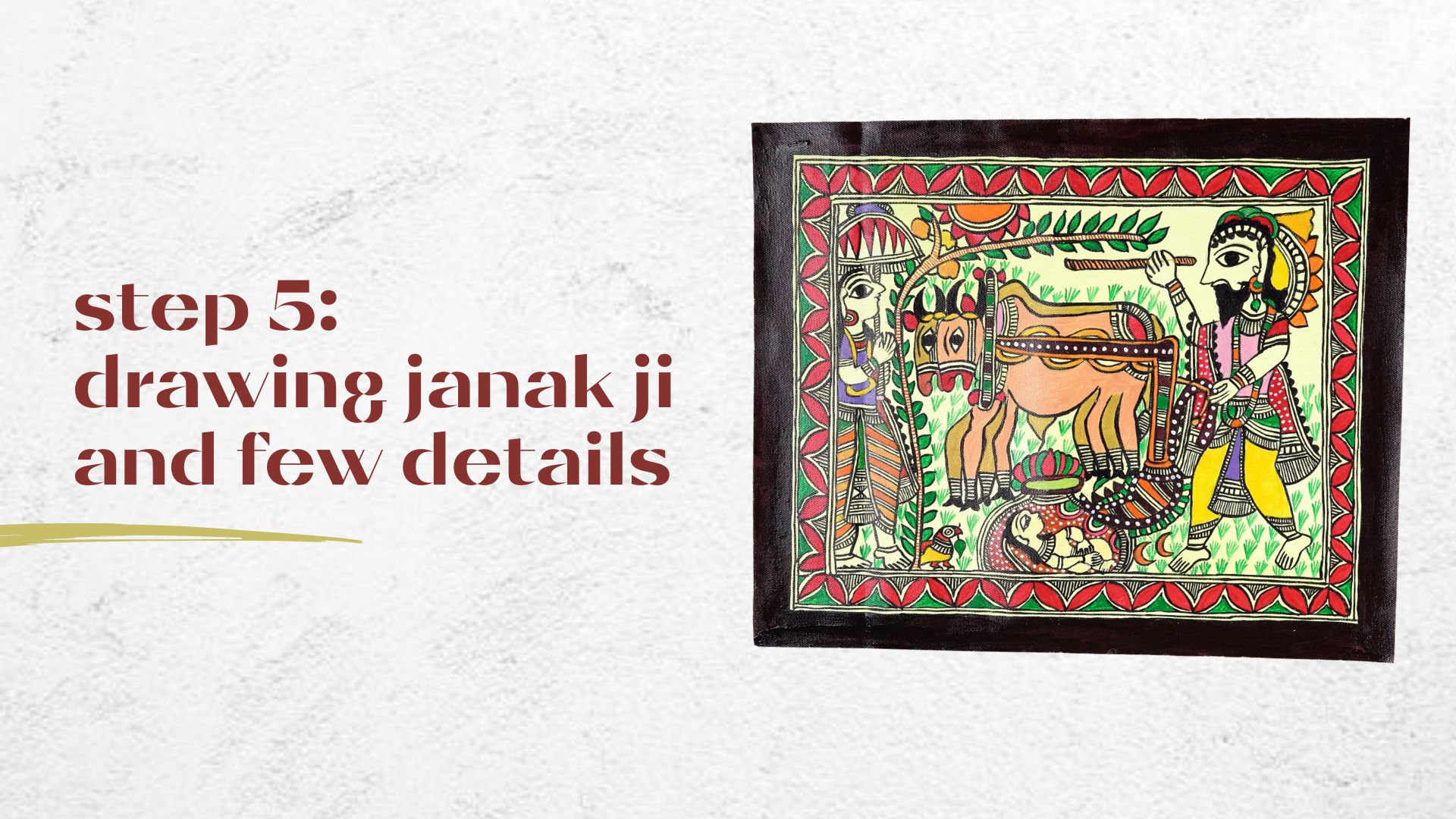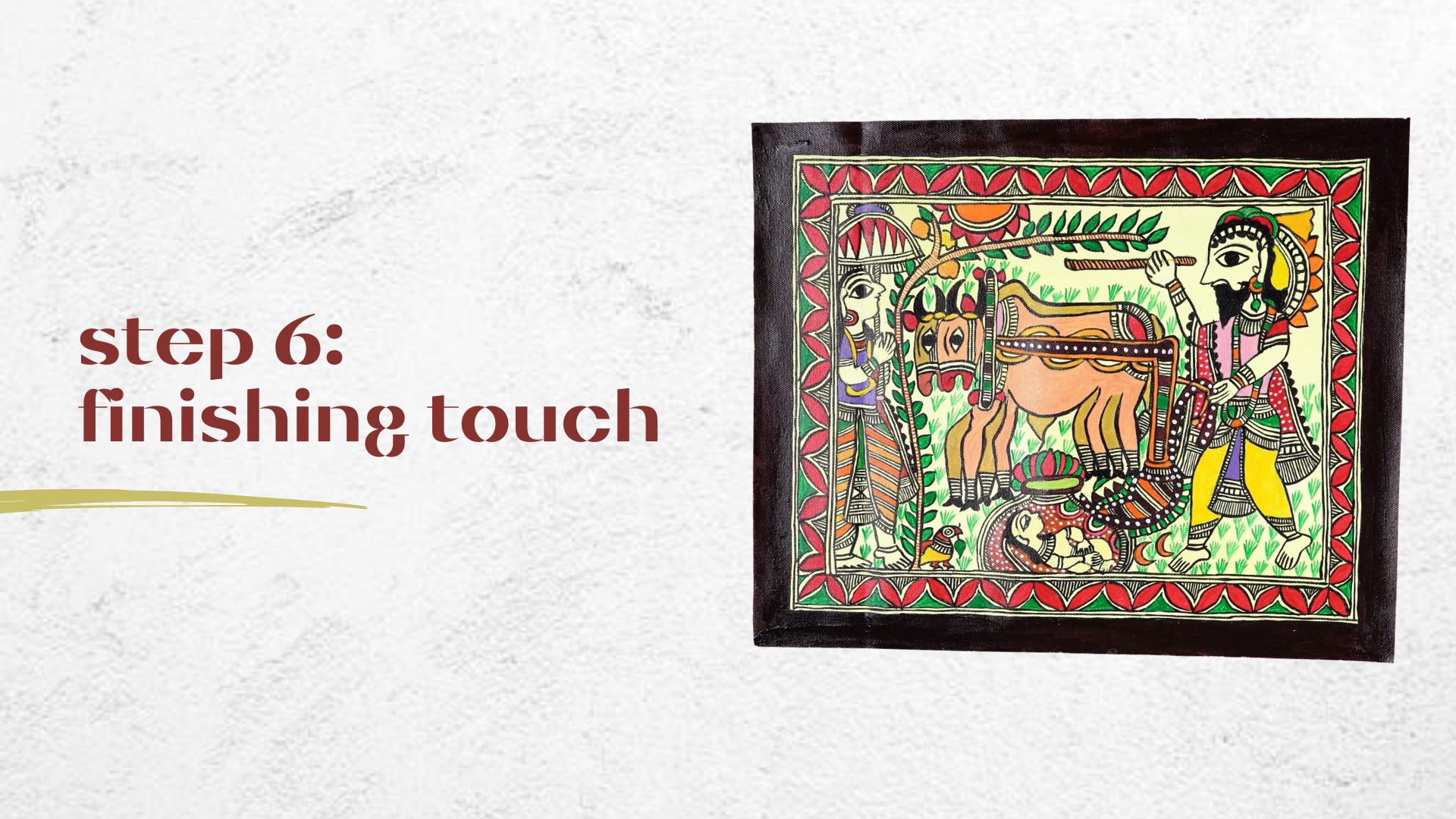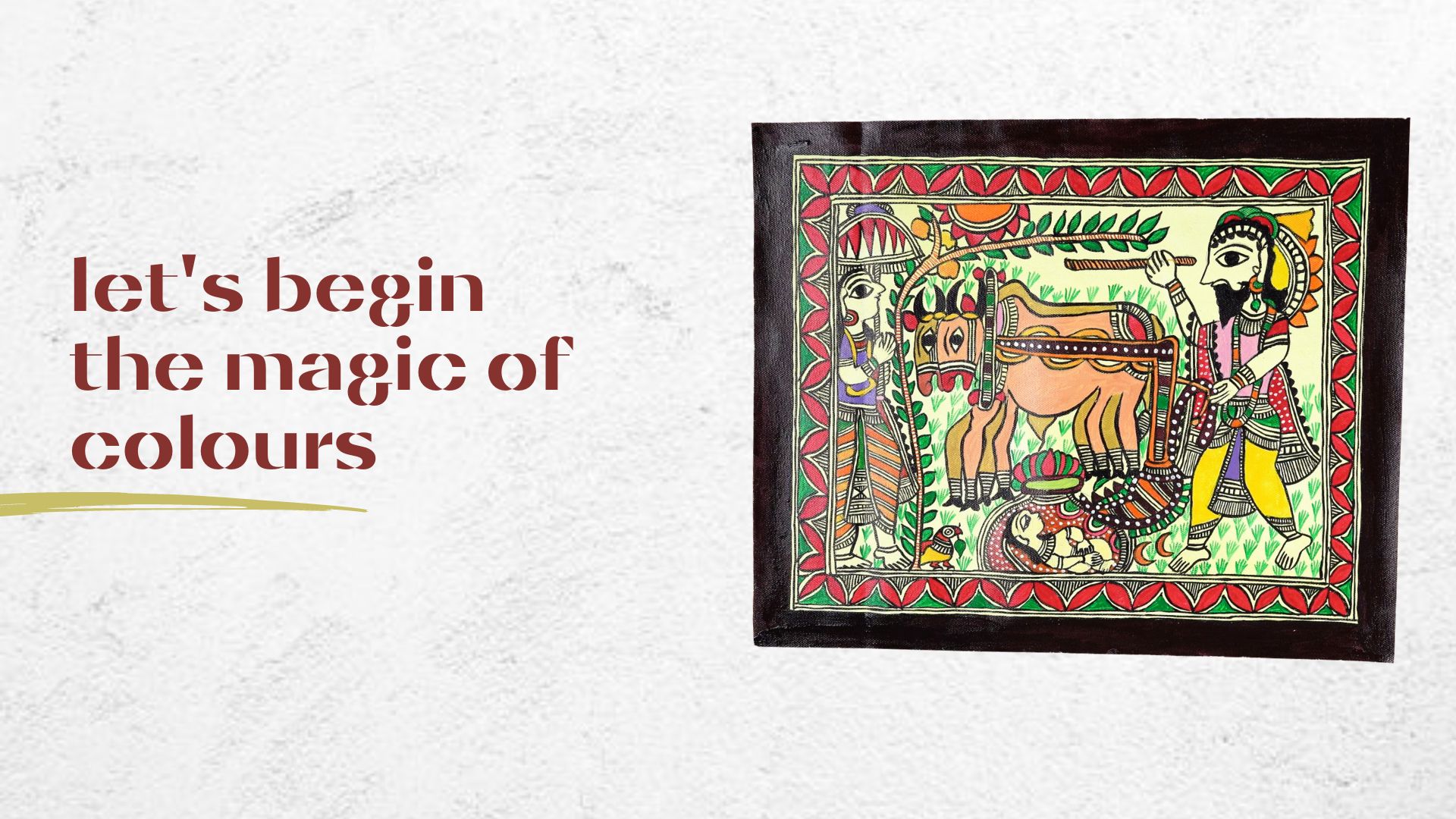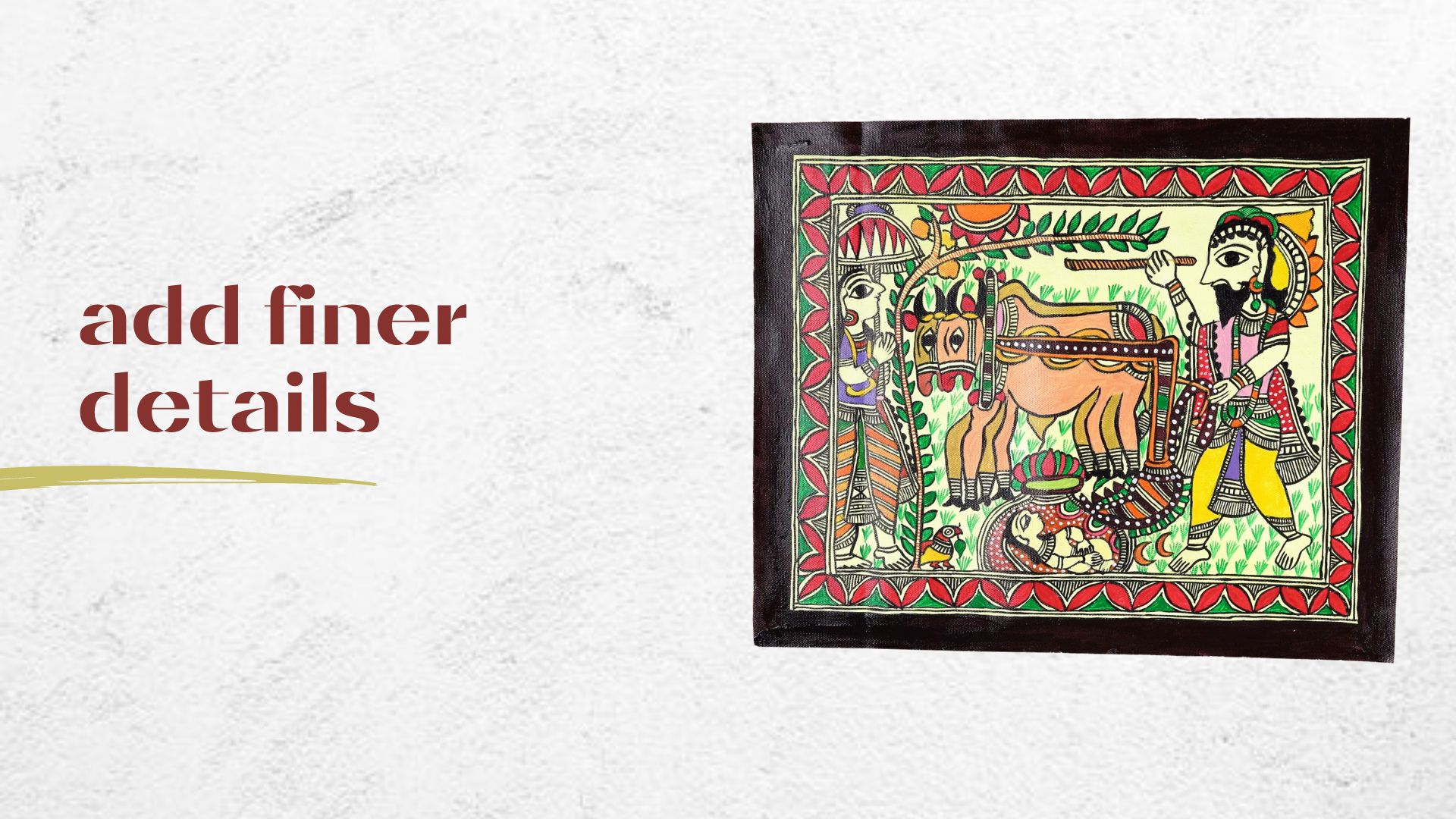Madhubani Course
Welcome to the enchanting world of Madhubani painting!
Course Curriculum
Artist Introduction
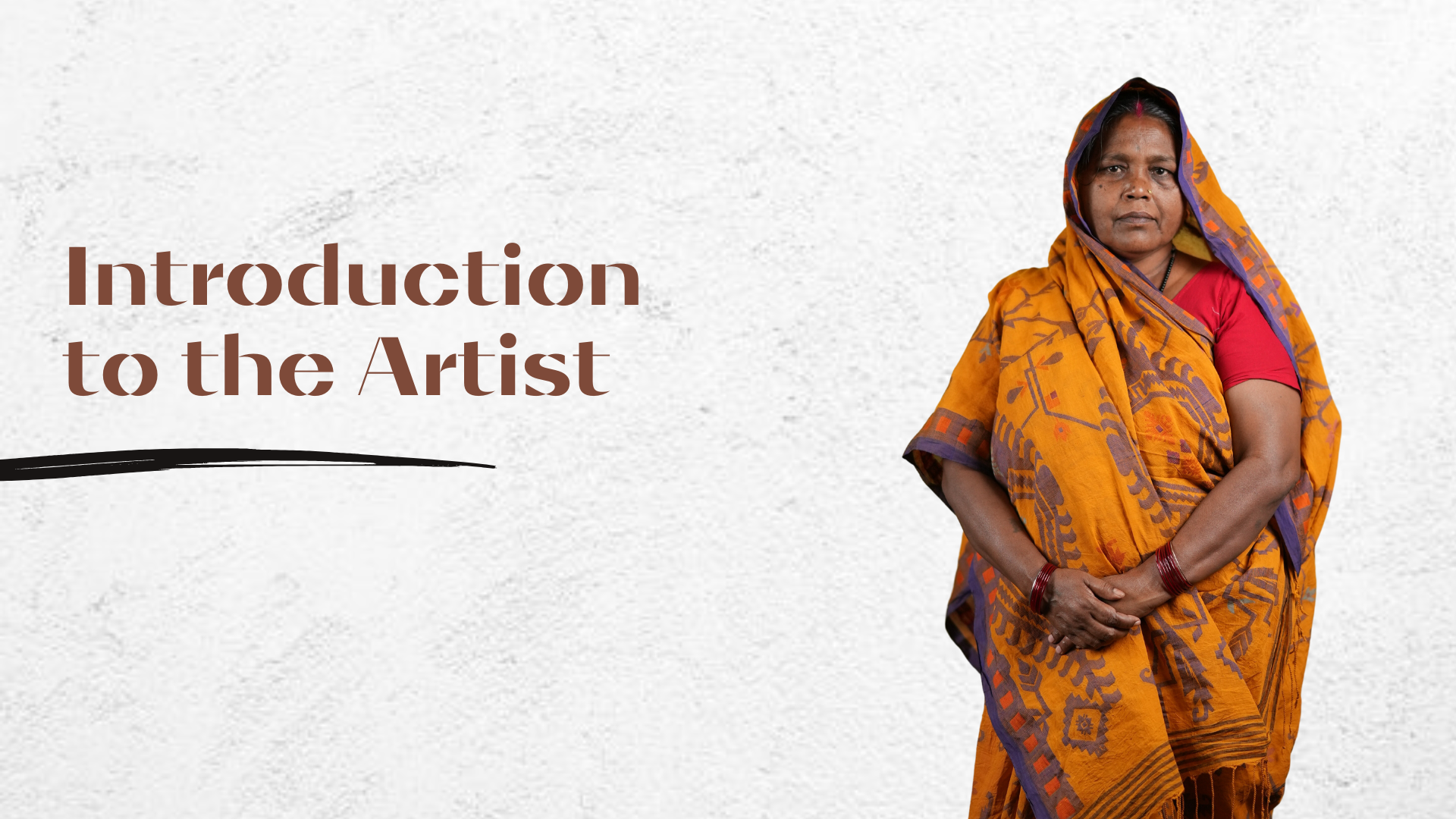
Introduction to the Artist
Dulari Devi's journey with Madhubani painting began as a domestic servant in the home of Madhubani artist Mahasundari Devi. She begins learning here and sets off on a journey that would get her international acclaim.
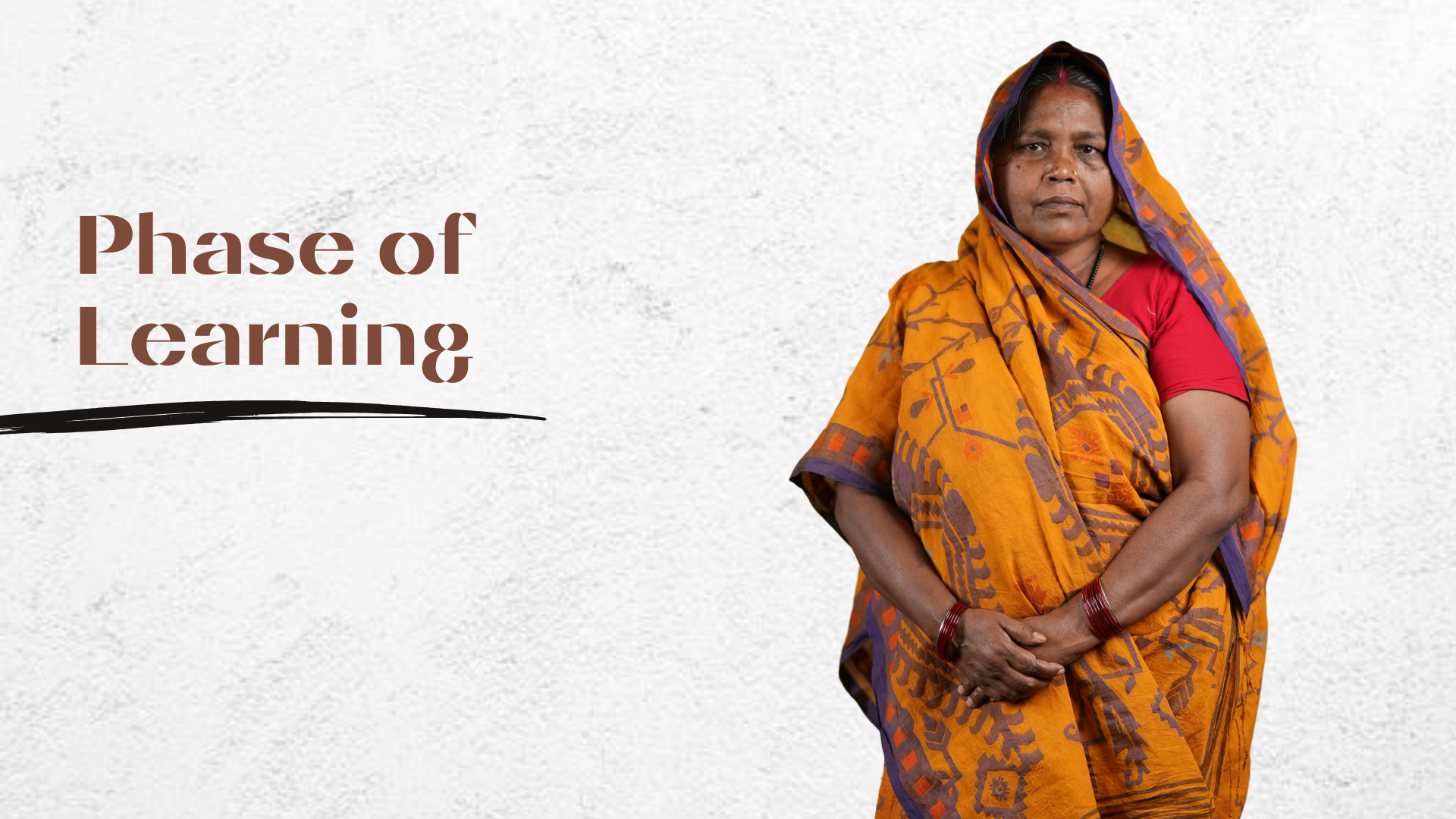
Phase of Learning
Dulari Devi shares her journey of learning Madhubani painting, starting with the fundamental task of drawing borders and lines. She reflects on the obstacles she faced during the early stages of her artistic development.

Padmashree Award Story
Dulari Devi recalls the surreal moment when she received the phone call informing her about being chosen for the prestigious Padma Shri award. She remembers her disbelief and happiness at the recognition bestowed upon her.

Present for the Prime Minister
Dulari Devi reminisces about her memorable meeting with the Prime Minister, where she had the honour of presenting a Madhubani painting that she had created.

Overcoming Challenges
Dulari Devi reflects on her humble beginnings as a domestic servant and the challenges she encountered along the way.

Artistic Journey
Dulari Devi opens up about her artistic journey and the significance that Madhubani painting holds in her life.

Hobbies and Teaching Experience
Dulari Devi shares some intriguing glimpses from her life's journey. She recounts the moments of uncertainty and perseverance and reminisces about her experiences as a teacher. She speaks about imparting her knowledge and skills to aspiring artists, nurturing their creativity, and witnessing their growth.

Musical Performance
Dulari Devi graciously shares a folk song from the enchanting region of Mithila. With each verse, her voice resonates with the rich cultural heritage and traditions of the land.
History of the art form
Artist Experience
History of Artform - Dulari Devi
Borders
Basic Course
Intermediate
Advance Course
Materials Required
Set of 12 Poster/Acrylic colours
Quantity: 1
Brushes (2, 4, 6,8)
Quantity: 3
Basic Stationery (Pencil, eraser, ruler)
Quantity: 1
Palette and Water
Quantity: -19
Meet the Maestro
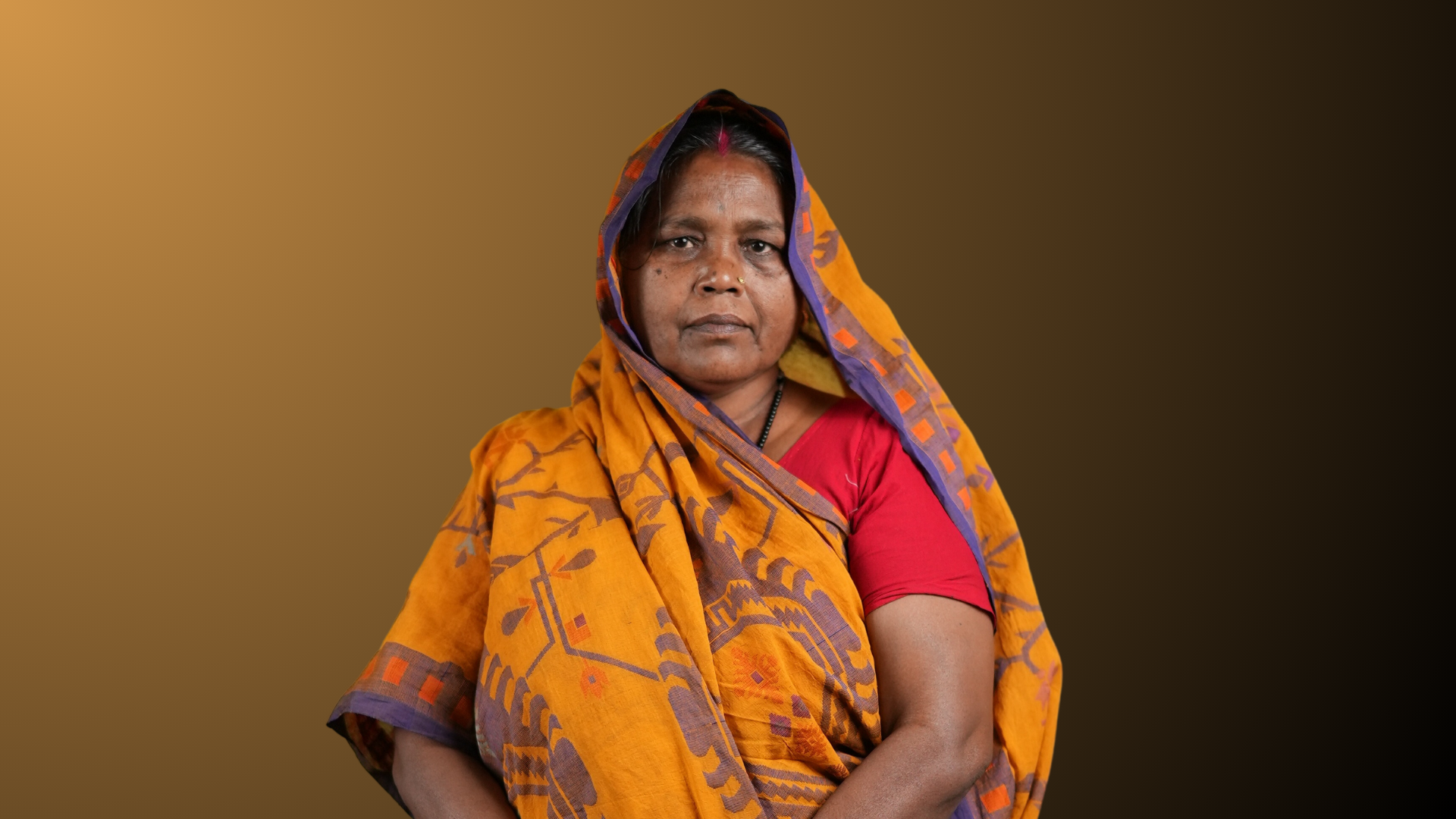
Dulari Devi
Dulari Bai is an Indian artist and illustrator, who lives in the village of Ranti, in the State of Bihar, India. As a young girl, she worked as a domestic servant for prominent Madhubani painter Mahasundari Devi, who encouraged her to follow her own artistic path with painting.
Dulari Bai's choice of motifs and characterization has been cited as an example of women's increasing expression of empowerment. Her works have also been described as "combining community traditions with modern themes".
